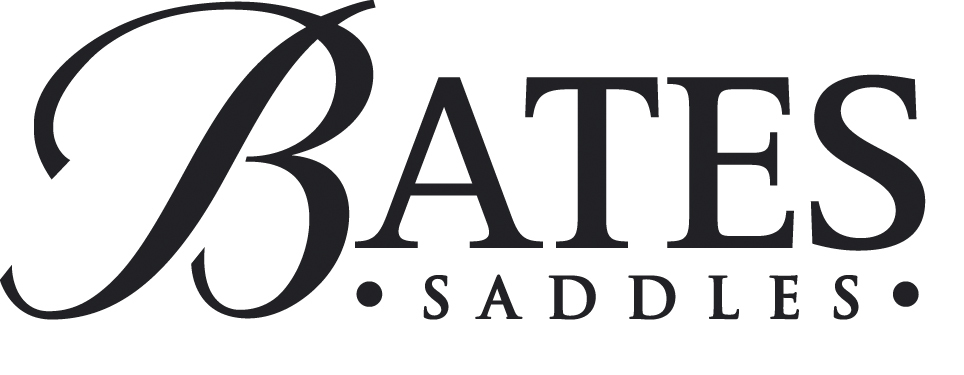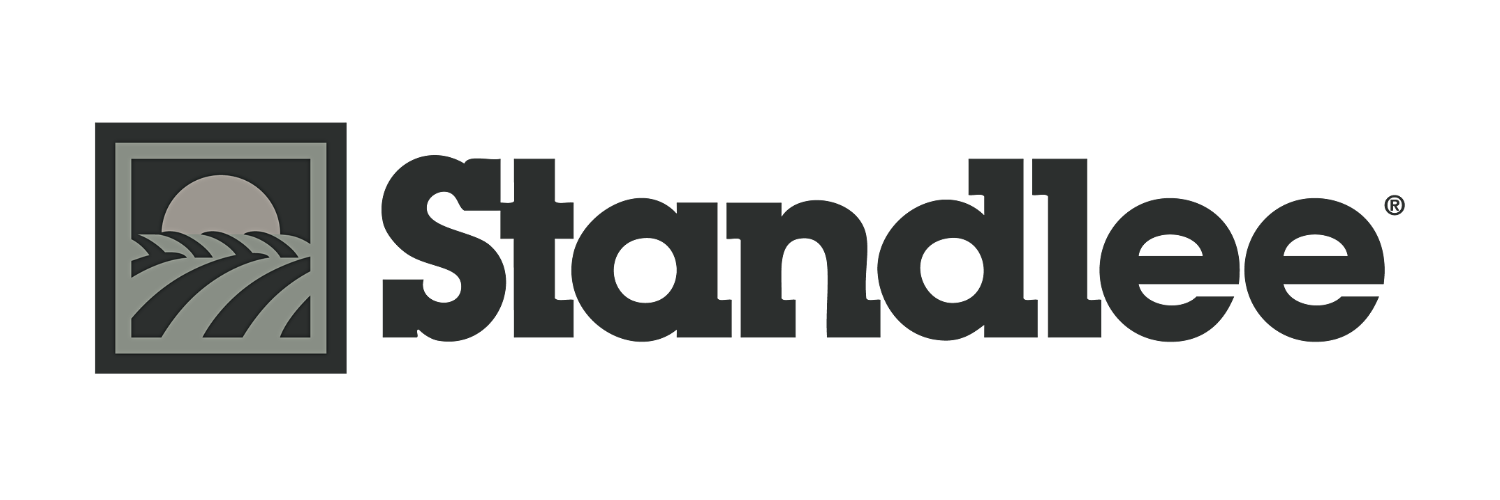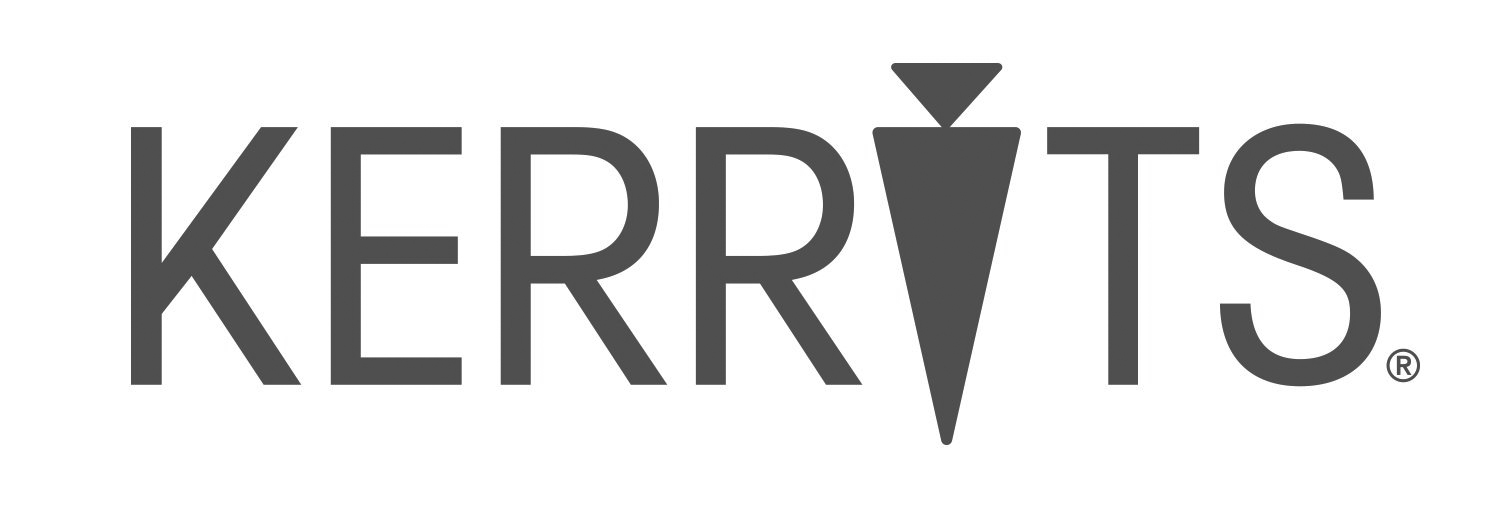The History of the USEA
The United States Eventing Association (USEA), previously the United States Combined Training Association (USCTA), was founded in 1959 and has been the official Association for the sport of three-day eventing in the U.S. for over 60 years.
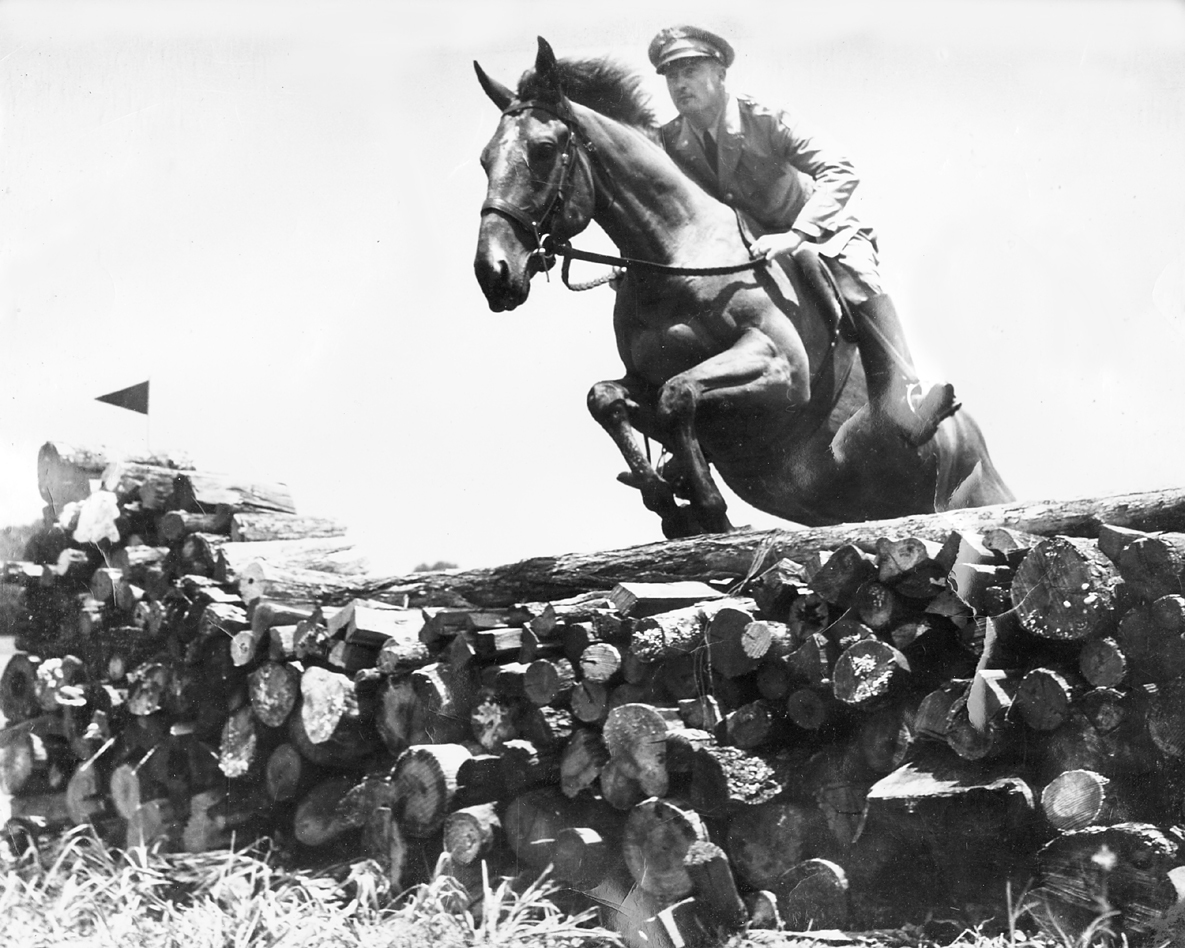
1953
The first horse trials is held in America in Nashville, Tennessee. The event was organized by Margaret Lindsley Warden and was won by Col. Paul Wimert riding Thomas J.
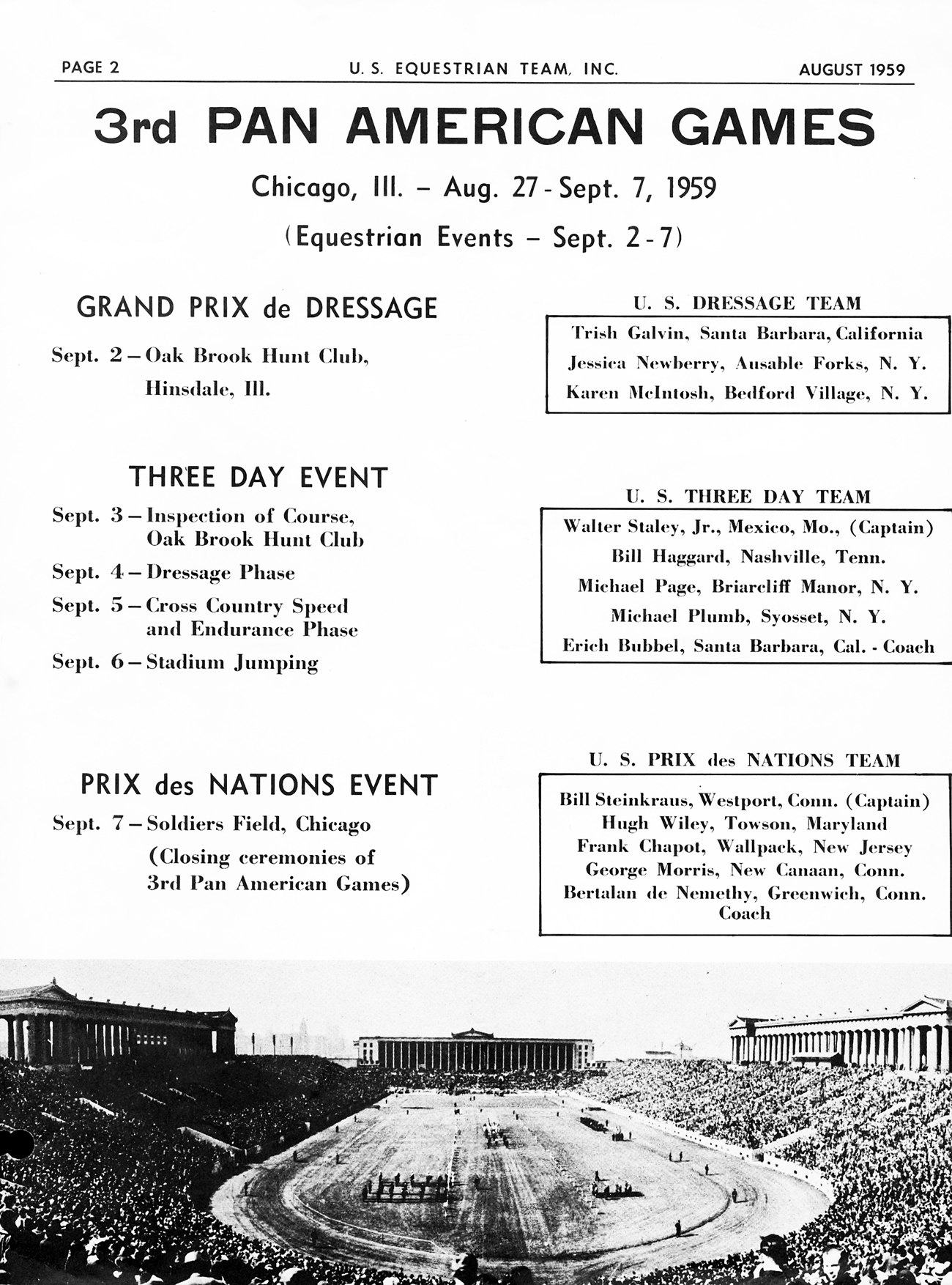
1959
The United States Combined Training Association (USCTA) was founded the week of September 2, 1959 during the Pan American Games in Chicago, Illinois.
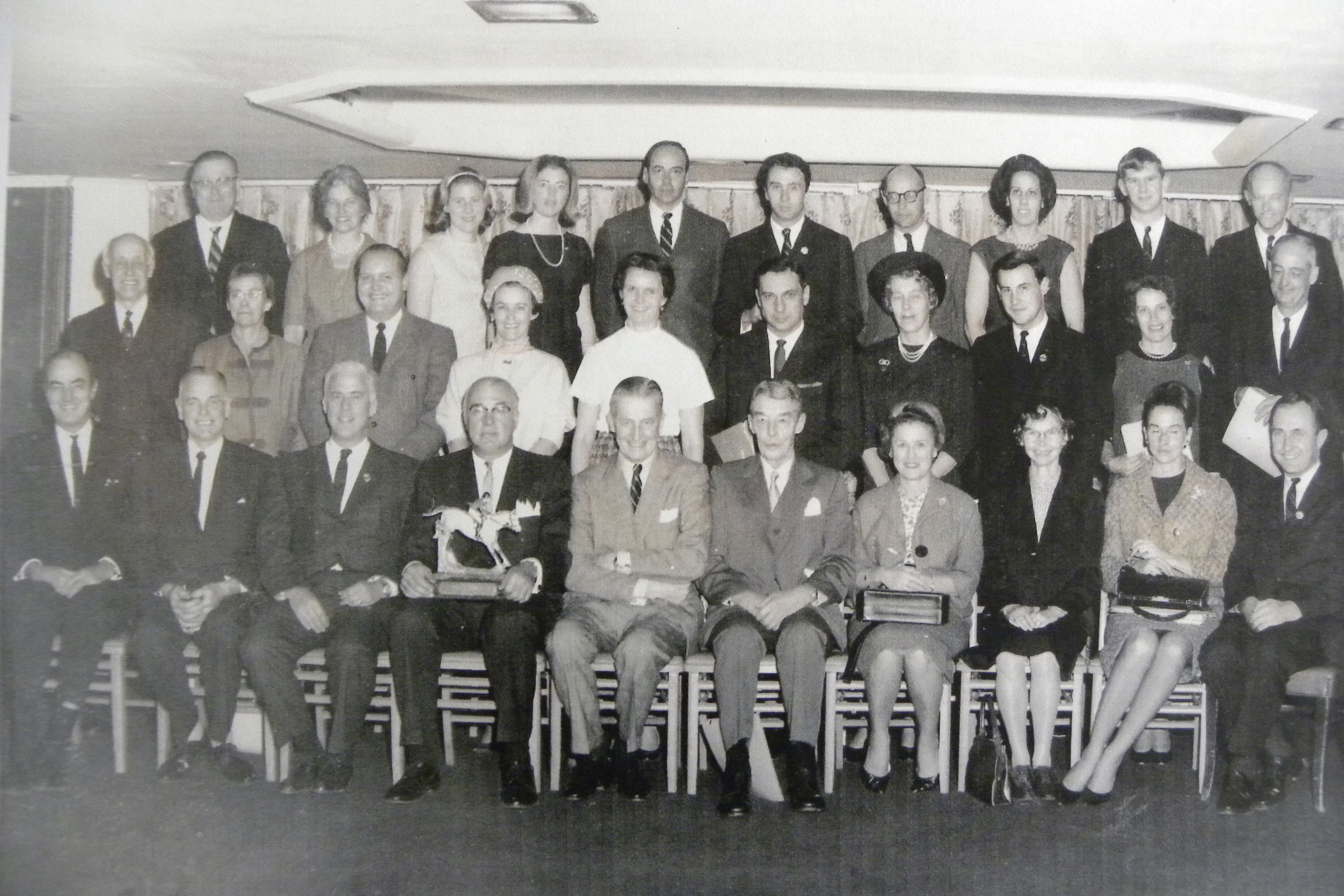
1960
The first Annual Meeting of the USCTA was held January 31, 1960 at the New Yorker Hotel in New York City. Philip B. Hofmann was elected as the first President.
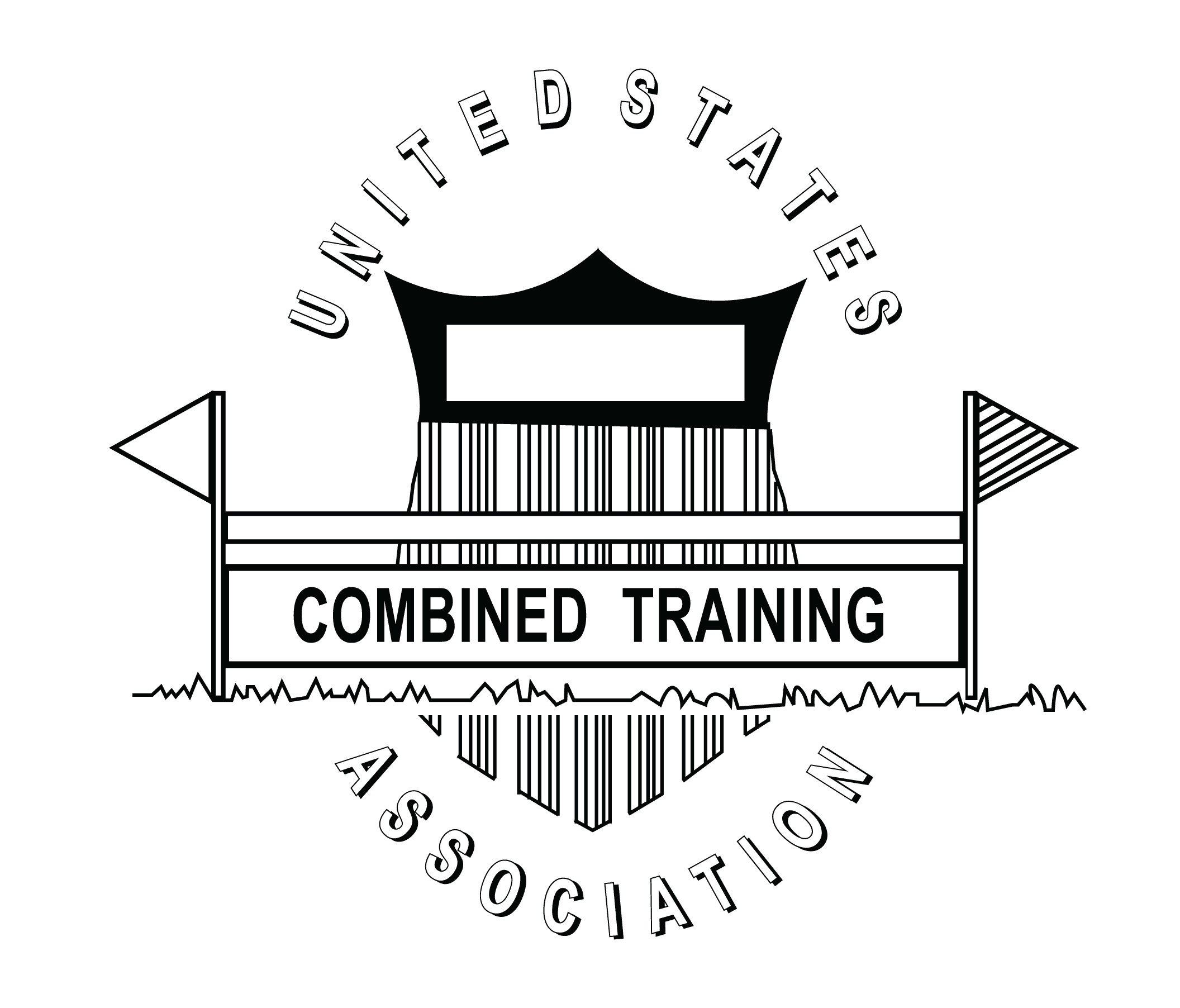
1960
The first edition of the USCTA News is published along with the first USCTA Rules For Eventing.
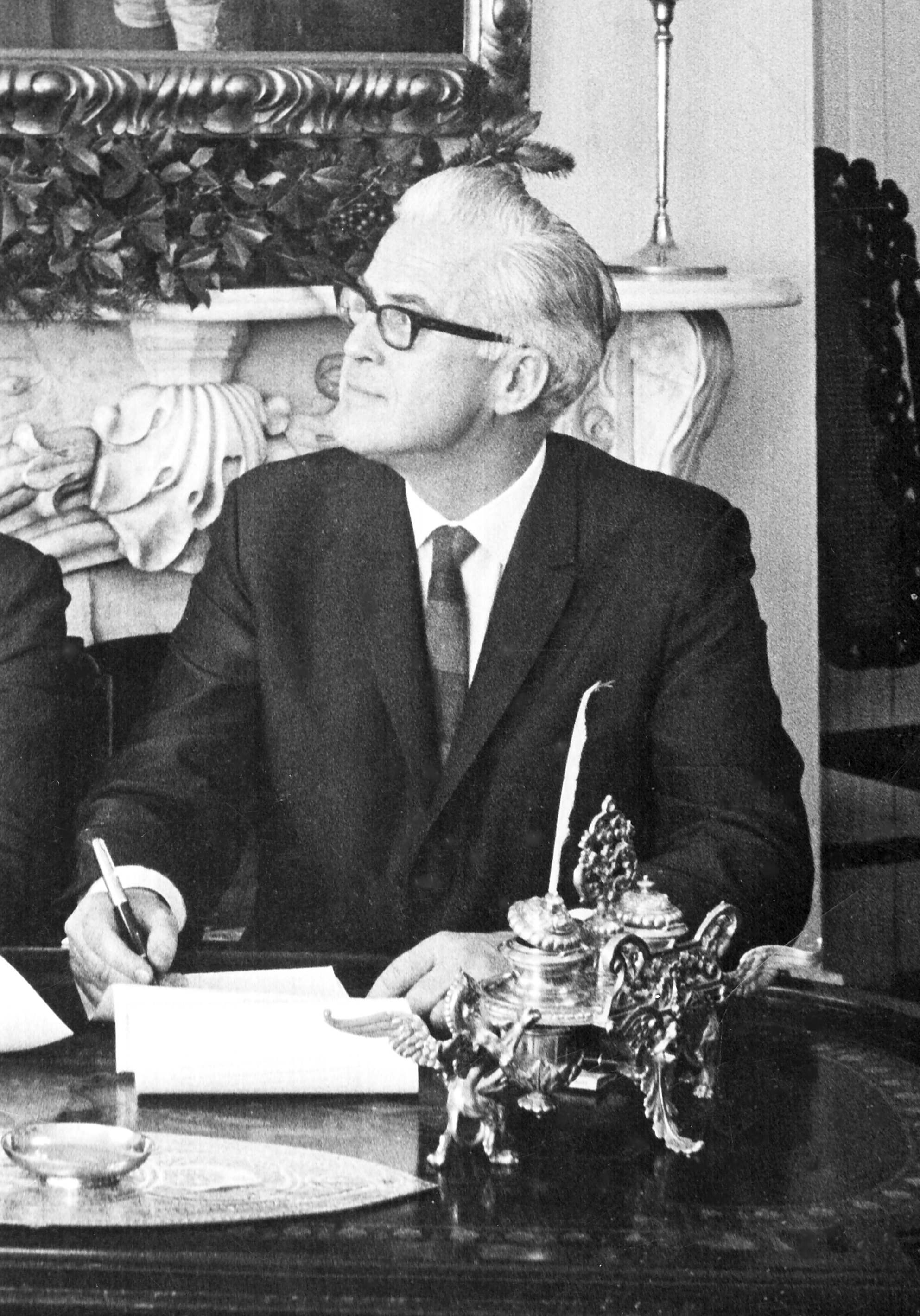
1965
Edward Harris is elected as the second President of the USCTA.
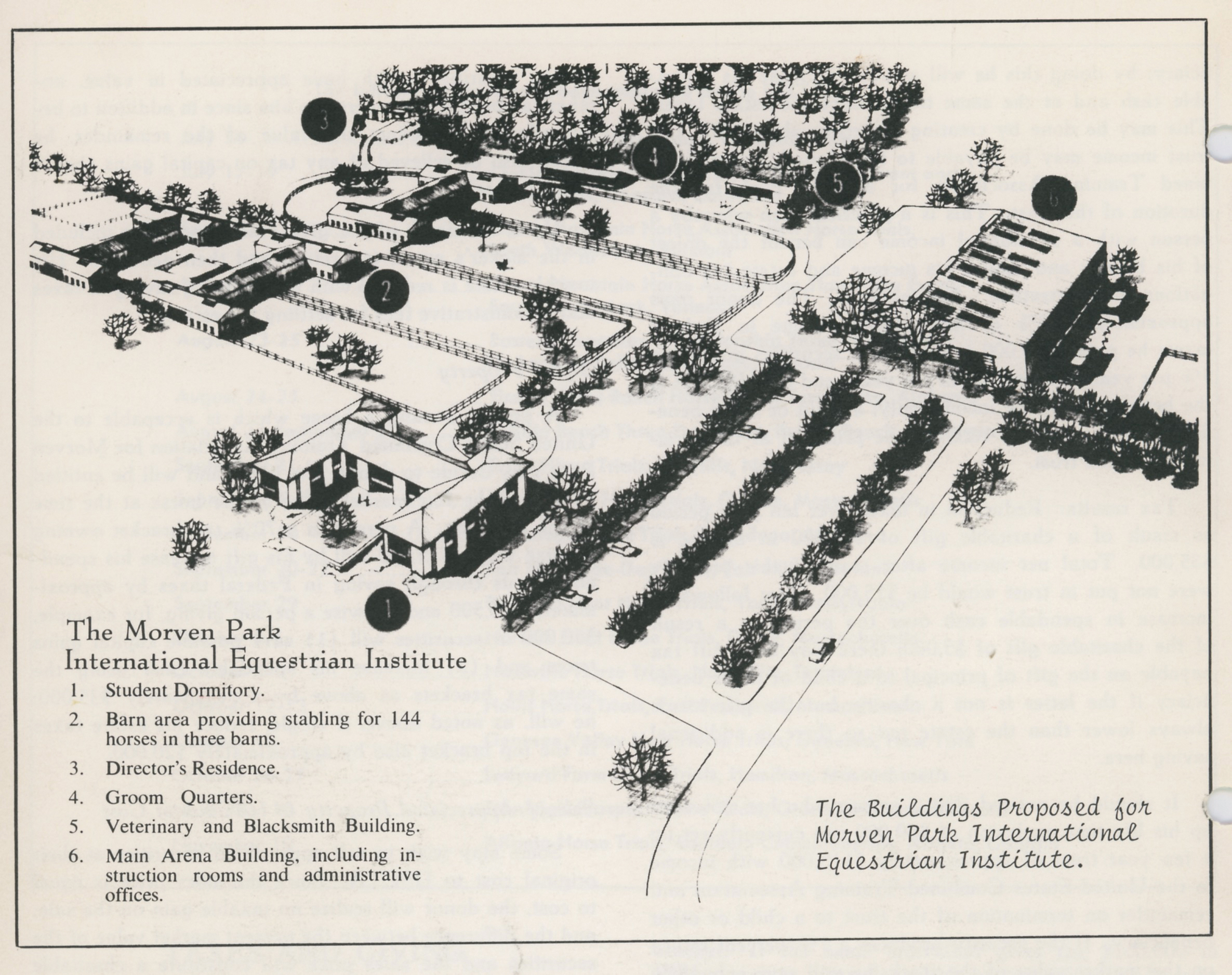
1967
The USCTA started work to found the Morven Park International Equestrian Institute in Leesburg, Virginia. with the help of the Master of the Loudoun Hunt, Dr. Joseph Rogers, and the Westmoreland Davis Foundation. The USCTA would have to raise $2 million to construct the institute on the allotted 300 acres.
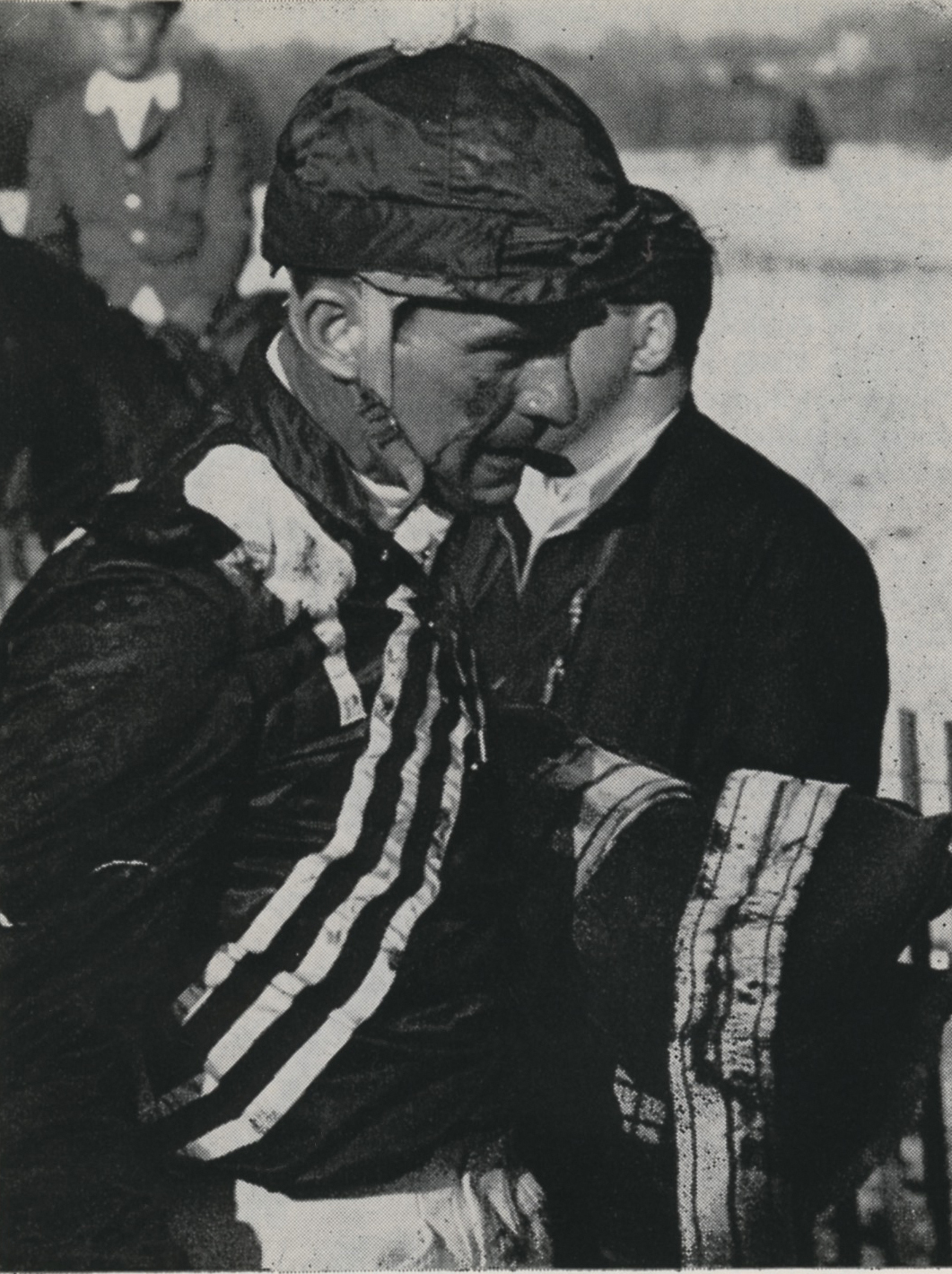
1969
J. Gibson Semmes was elected as the third president of the USCTA. The USCTA also decided that beginning in 1969, members of the Board of Governors would be elected for three-year terms with one-third of the Governors elected each year.
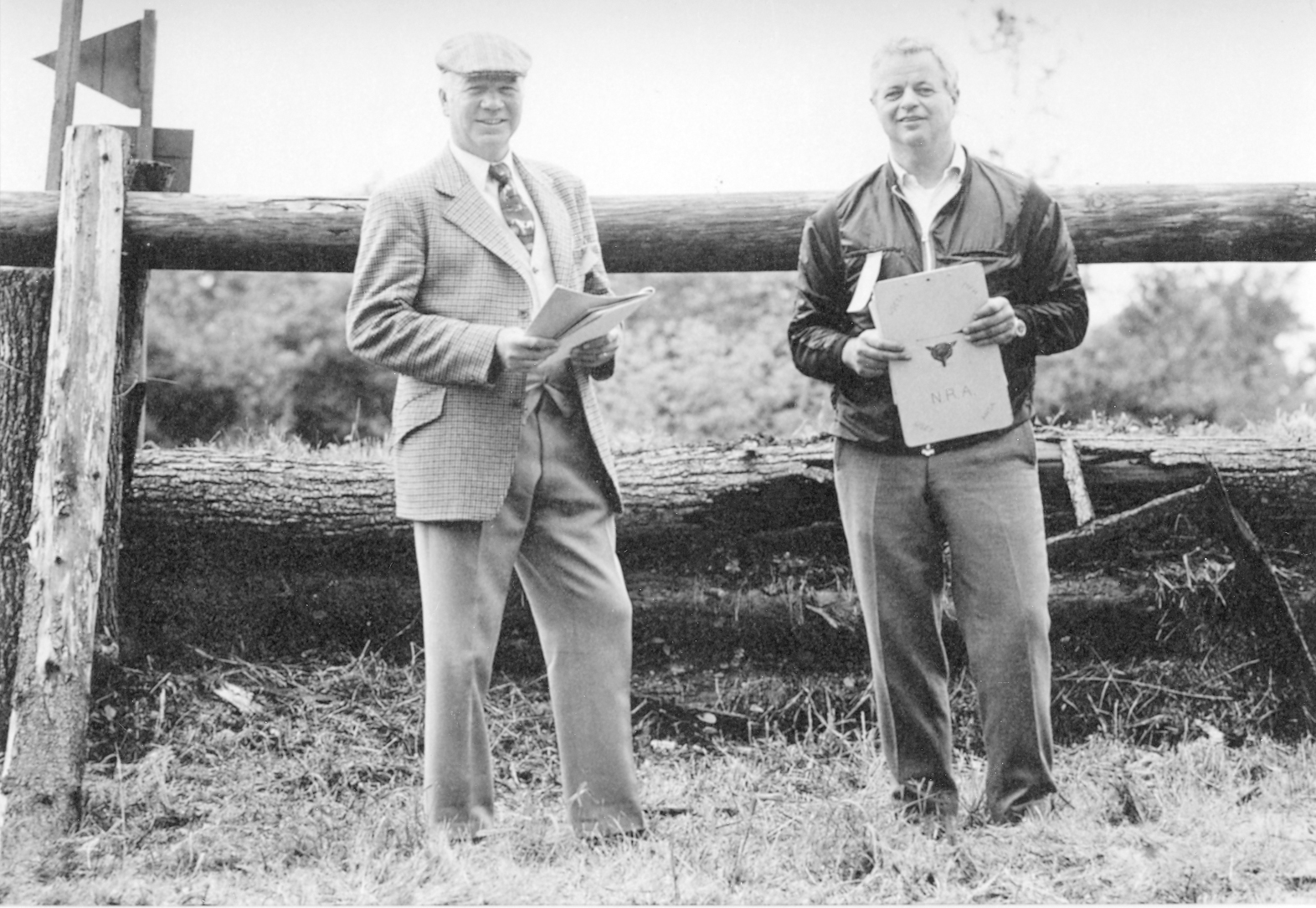
1970
In 1970 Jack Le Goff (left) became coach of the USET Three-Day Event Team and in 1971 Neil Ayer (right) was elected as USCTA President – a role which he would serve for the next decade.
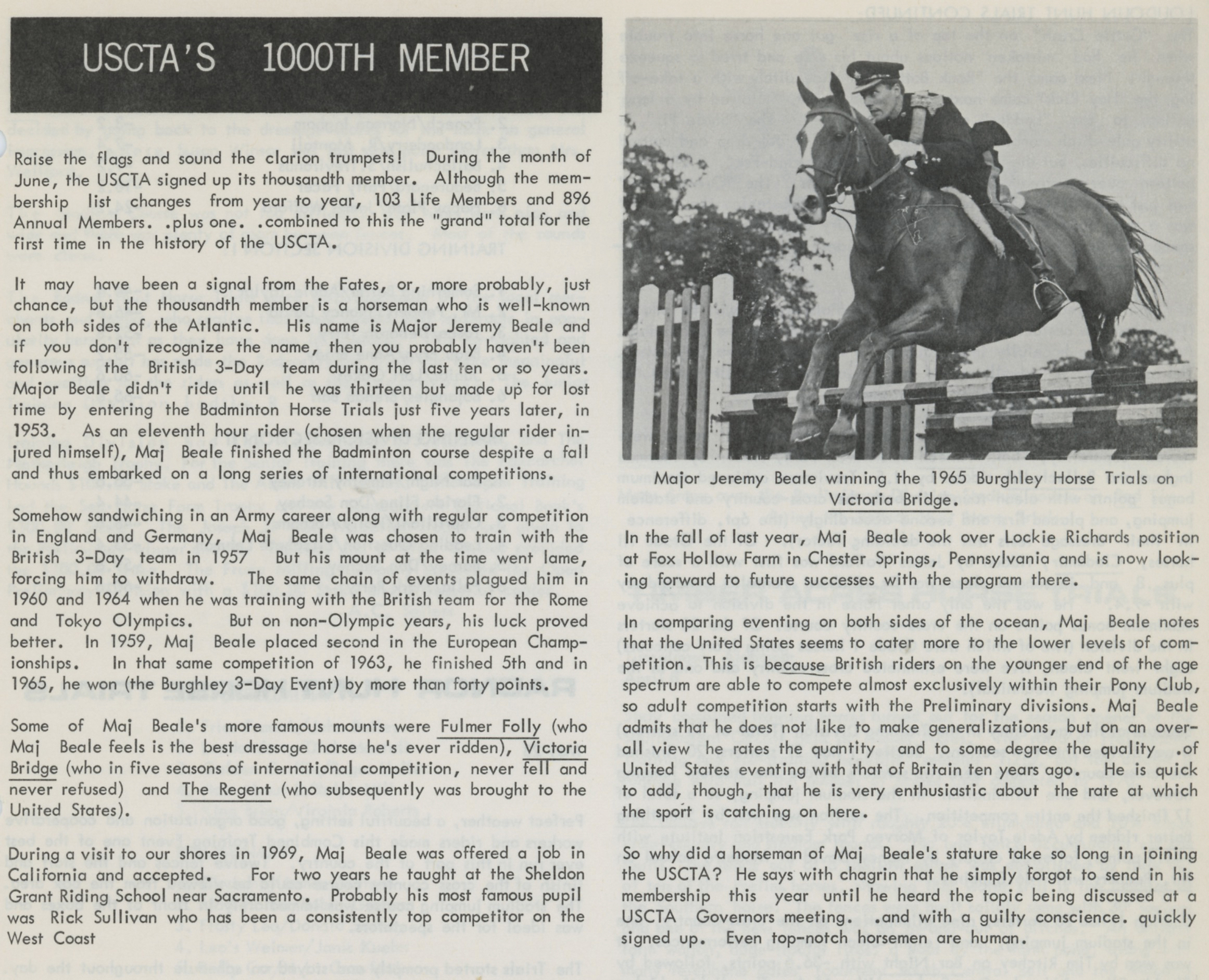
1972
The USCTA welcomes its 1,000th member.
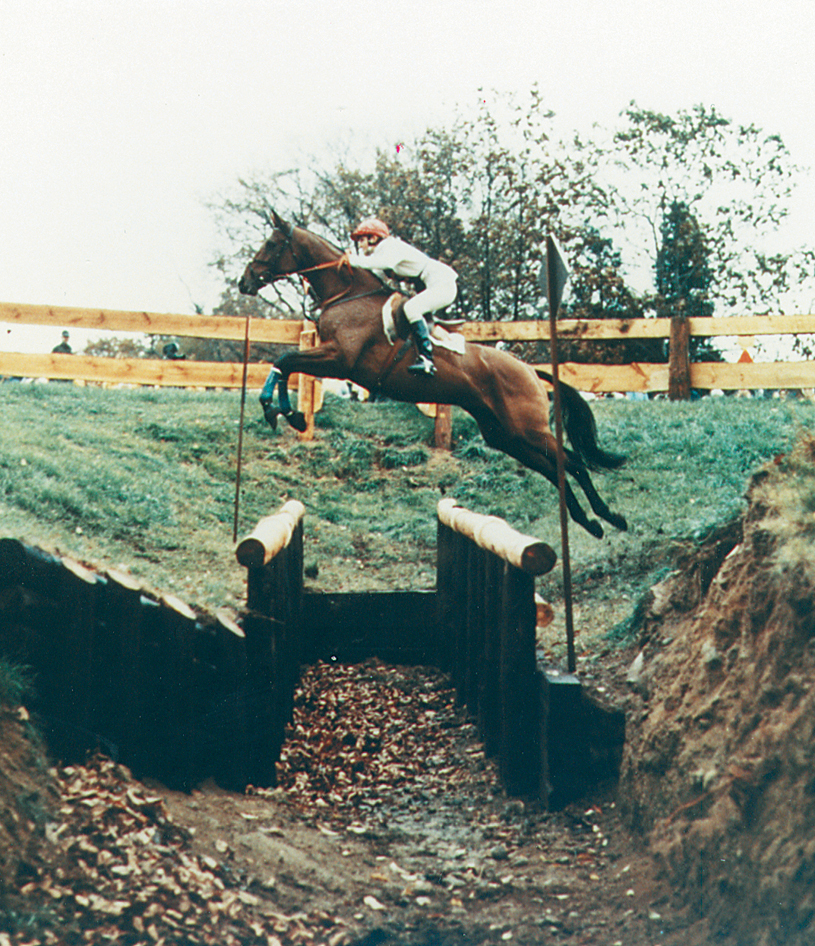
1973
The first international event was held in the U.S. at Neil Ayer’s Ledyard Farm in Massachusetts. The event drew competitors from England, France, Ireland, and Canada in addition to the U.S. riders.
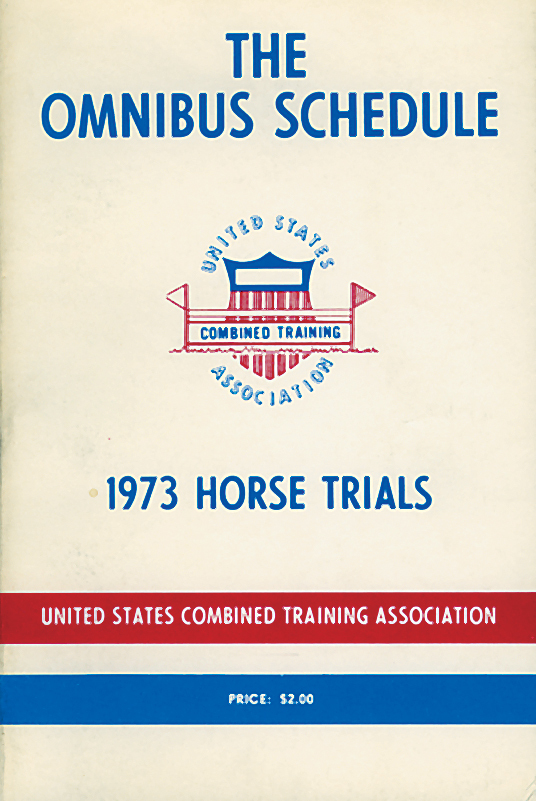
1973
The first USCTA Omnibus was published. It listed 63 events taking place in Areas I-IV and a further three in Canada. The publication was printed once a year and sold for $2.00 a copy. Roger Haller was the driving force behind the creation of the Omnibus.
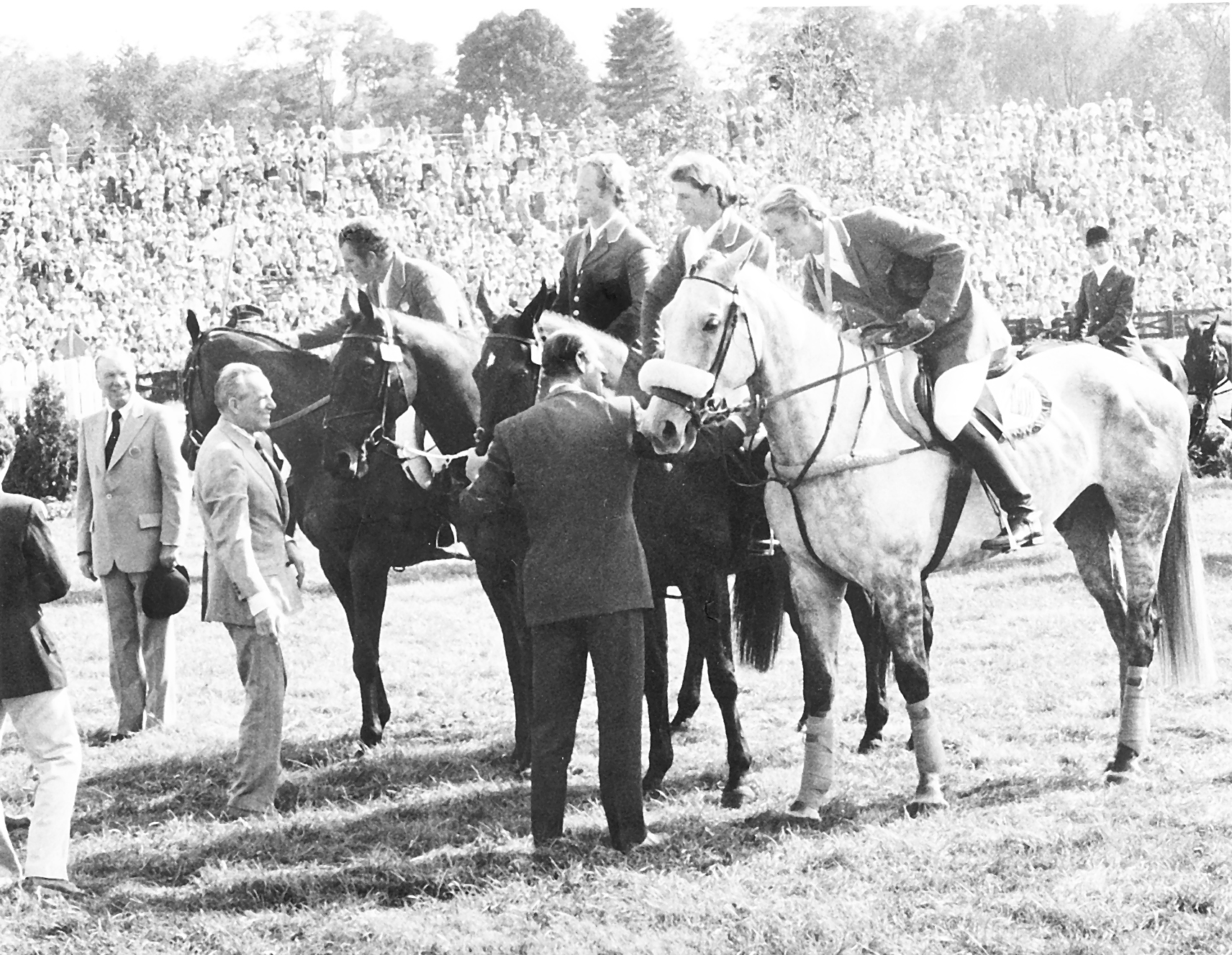
1978
The U.S. hosts the 1978 World Championships due to the U.S. and Bruce Davidson's victory in 1974. The Kentucky Horse Park is selected as the location for the event.
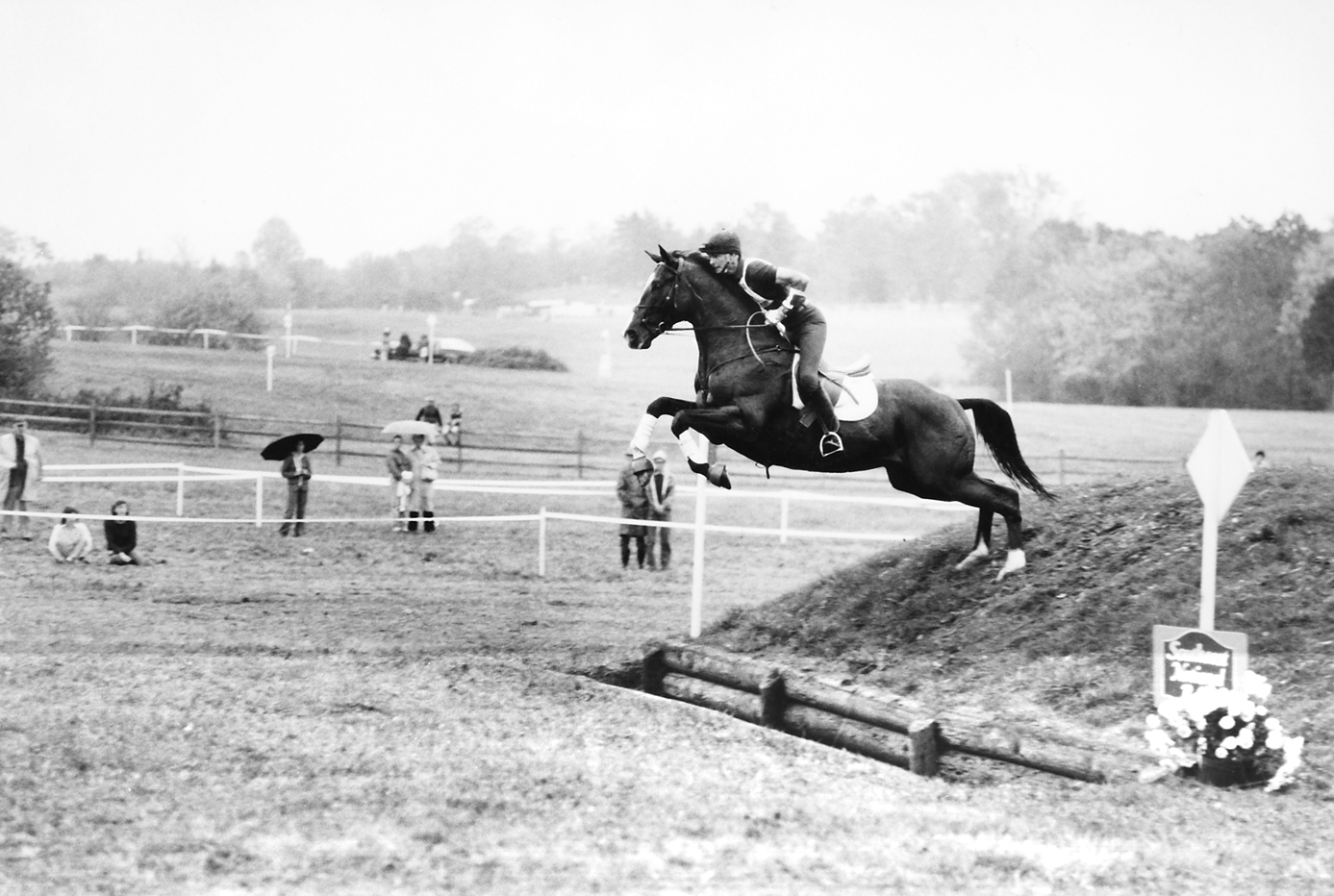
1982
Denny Emerson is elected as the fourth President of the USCTA after Neil Ayer retires after more than a decade at the helm of the Association. Emerson would serve a second term from 1991-1992 as well.
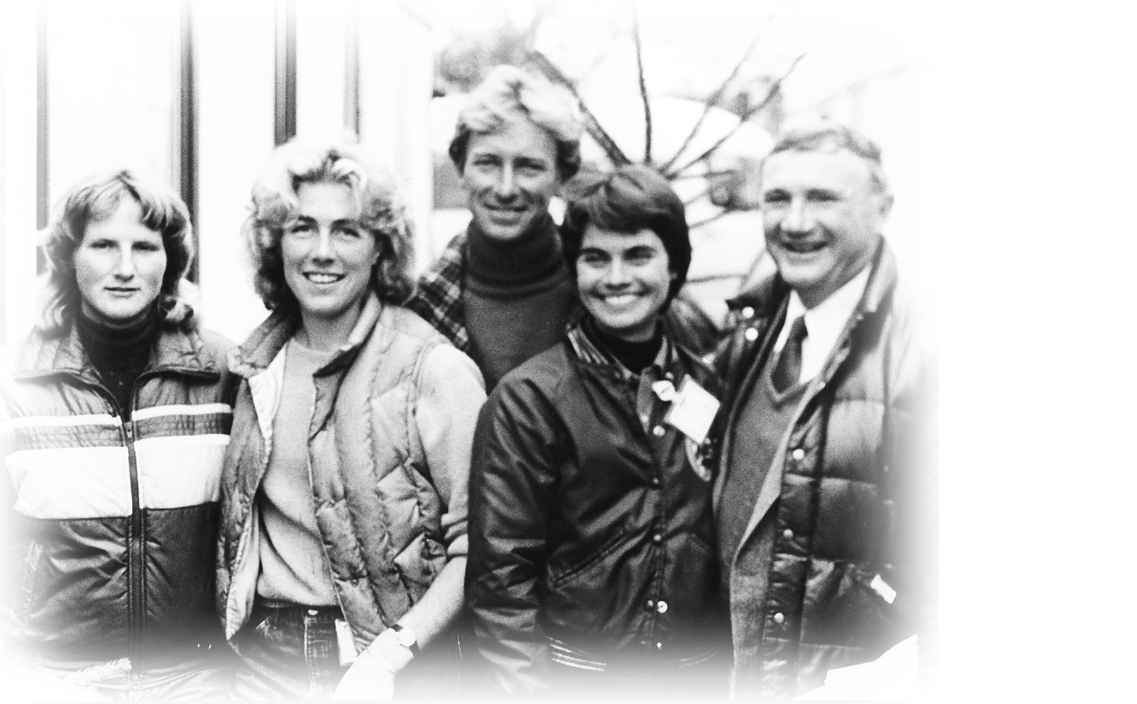
1985
Major General Jonathan R. Burton (far right) served as both USCTA President and U.S. team Chef d’Equipe in 1985.

1986
The USCTA adopted a new logo.
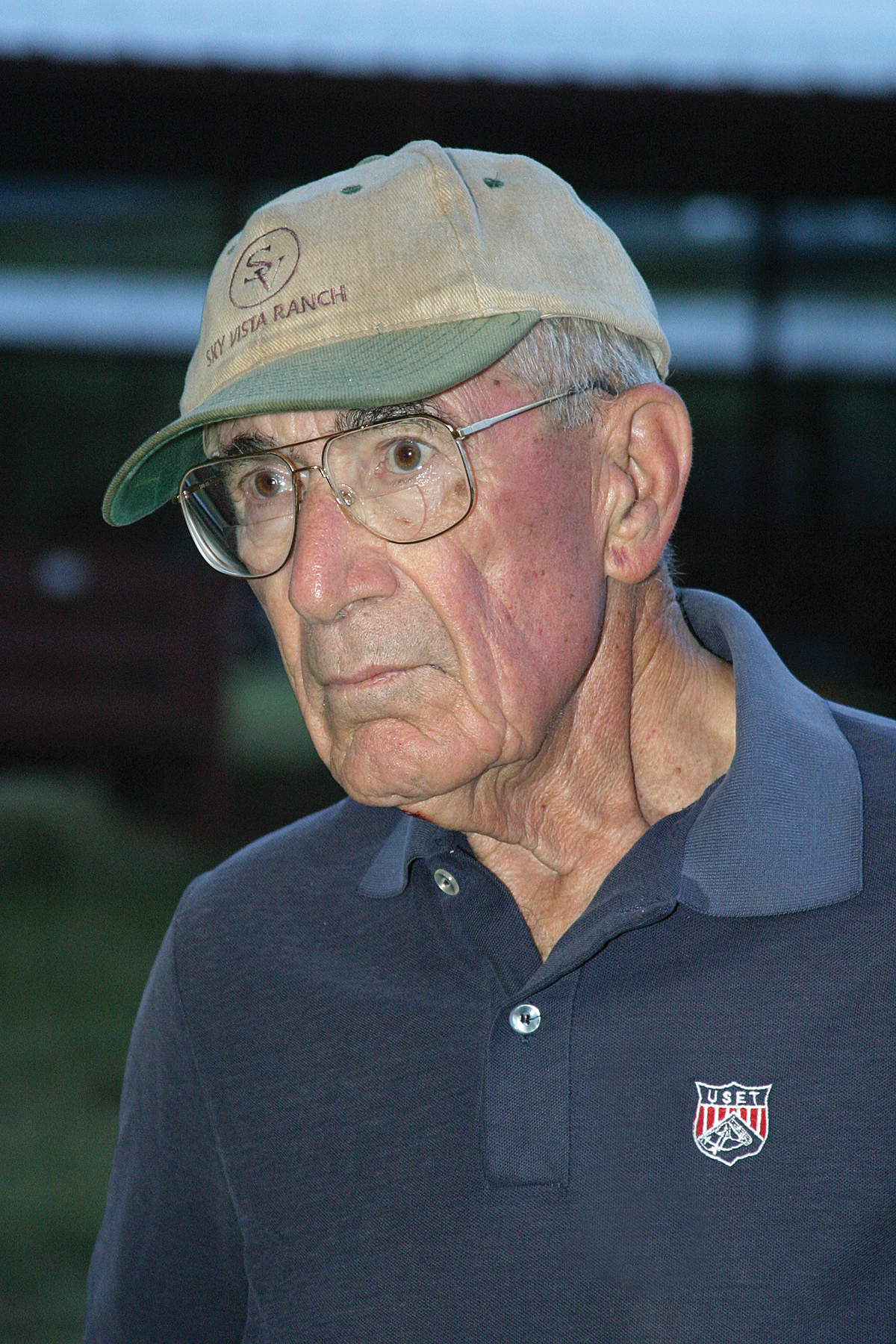
1988
Walter L. Straus is elected as the sixth President of the USCTA.
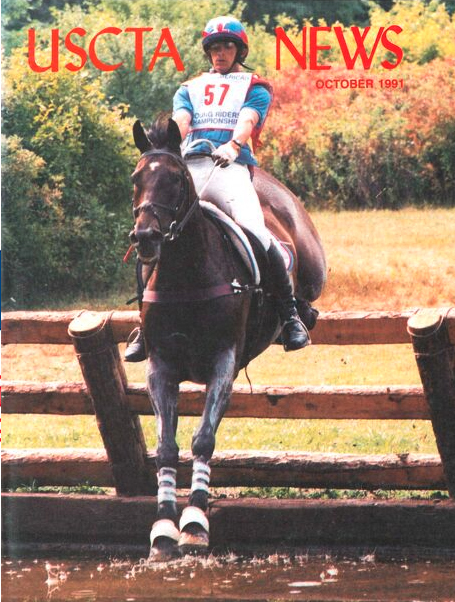
1991
The USCTA reaches 10,000 members in 1991.
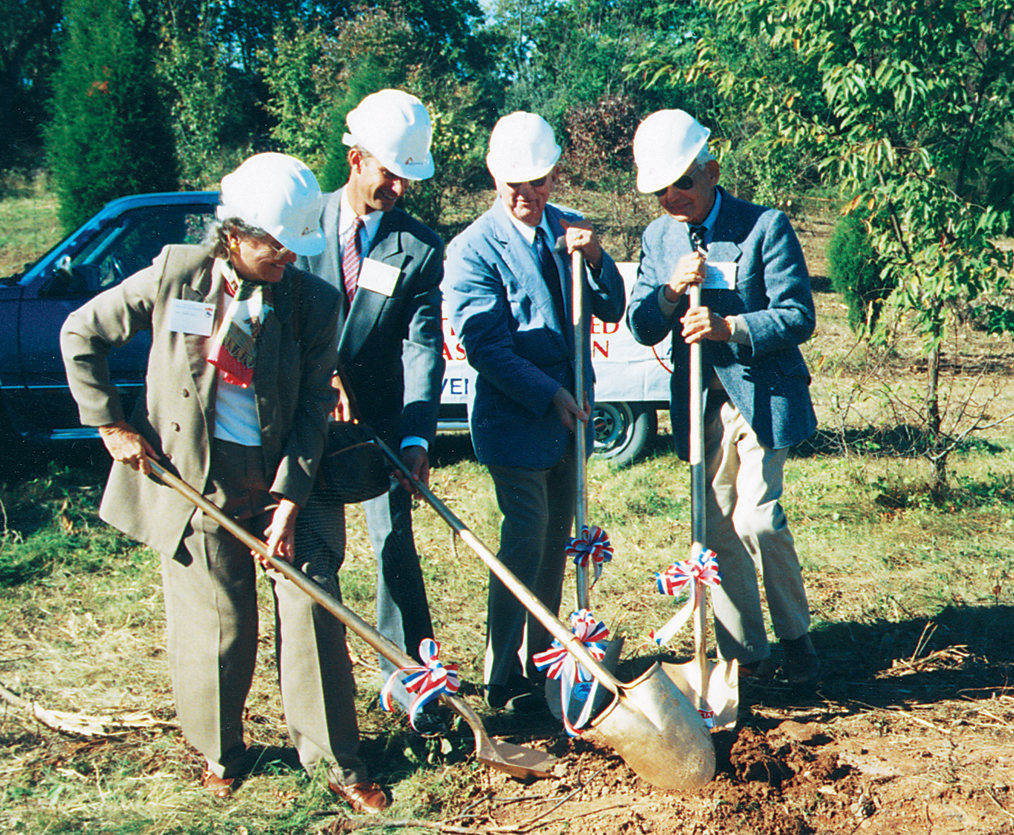
1993
Mike Huber starts his term as USCTA President and oversees the groundbreaking for the new USCTA headquarters in Leesburg, Virginia.
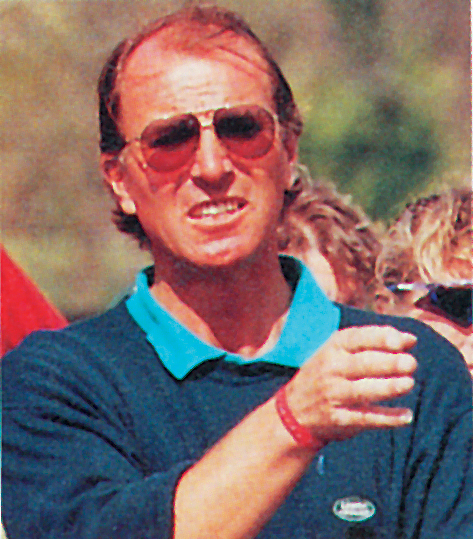
1994
Captain Mark Phillips was appointed as the new Chef d’Equipe of the U.S. Eventing Team and in a joint venture, the USCTA, AHSA, and the USET created the position of National Course Advisor and Phillips was also named to this position.
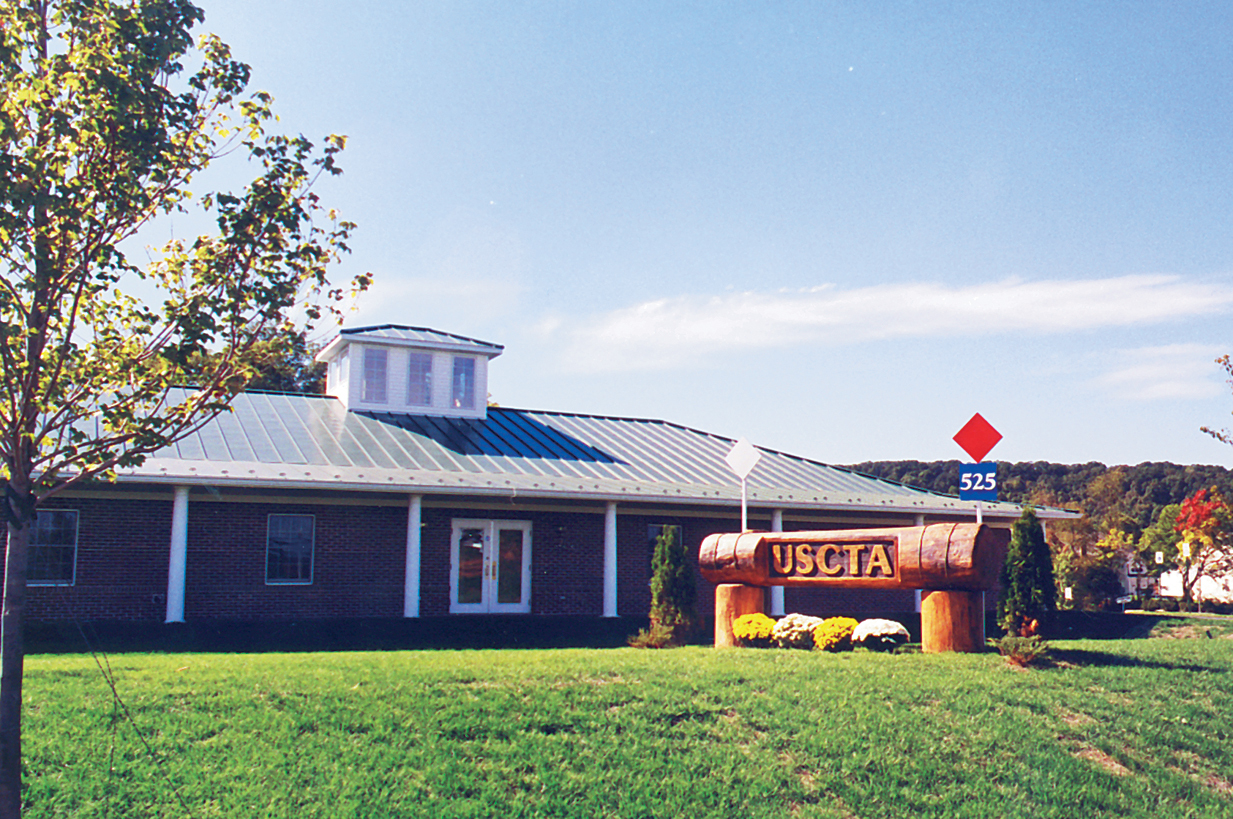
1996
The USCTA moves into its new headquarters in 1996. The same year, Kingman Penniman is elected President. Penniman would also serve an additional term as President in 2004.
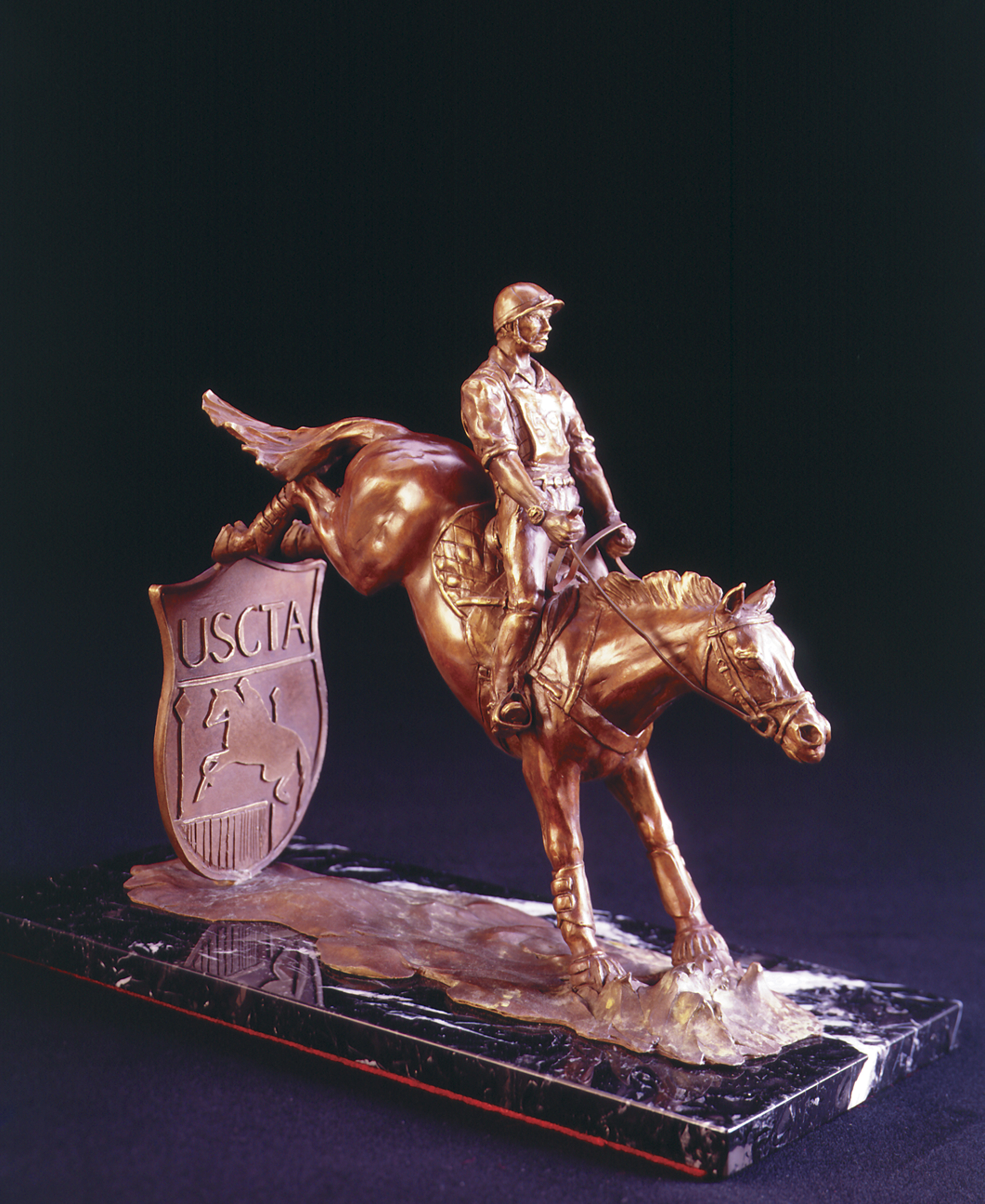
1999
The USCTA celebrates 40 years and launches the Eventing Hall of Fame. Six of the USCTA's "Founding Fathers" and two horses are inaugurated in the first class.
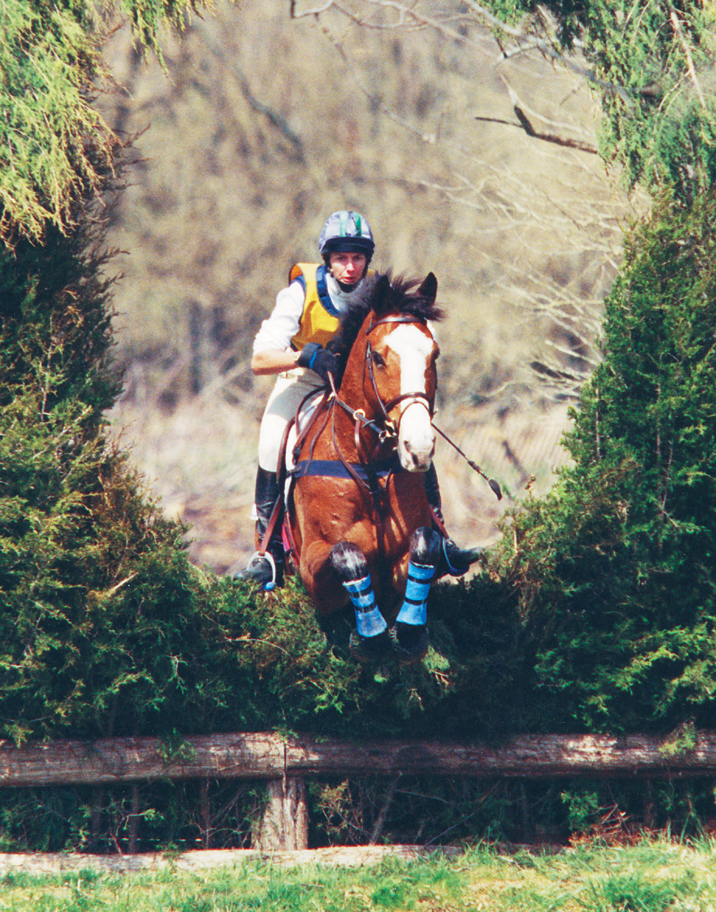
1999
Mr. and Mrs. Richard Thompson’s Biko was named the USCTA High Point Horse of the Century with 860 points.
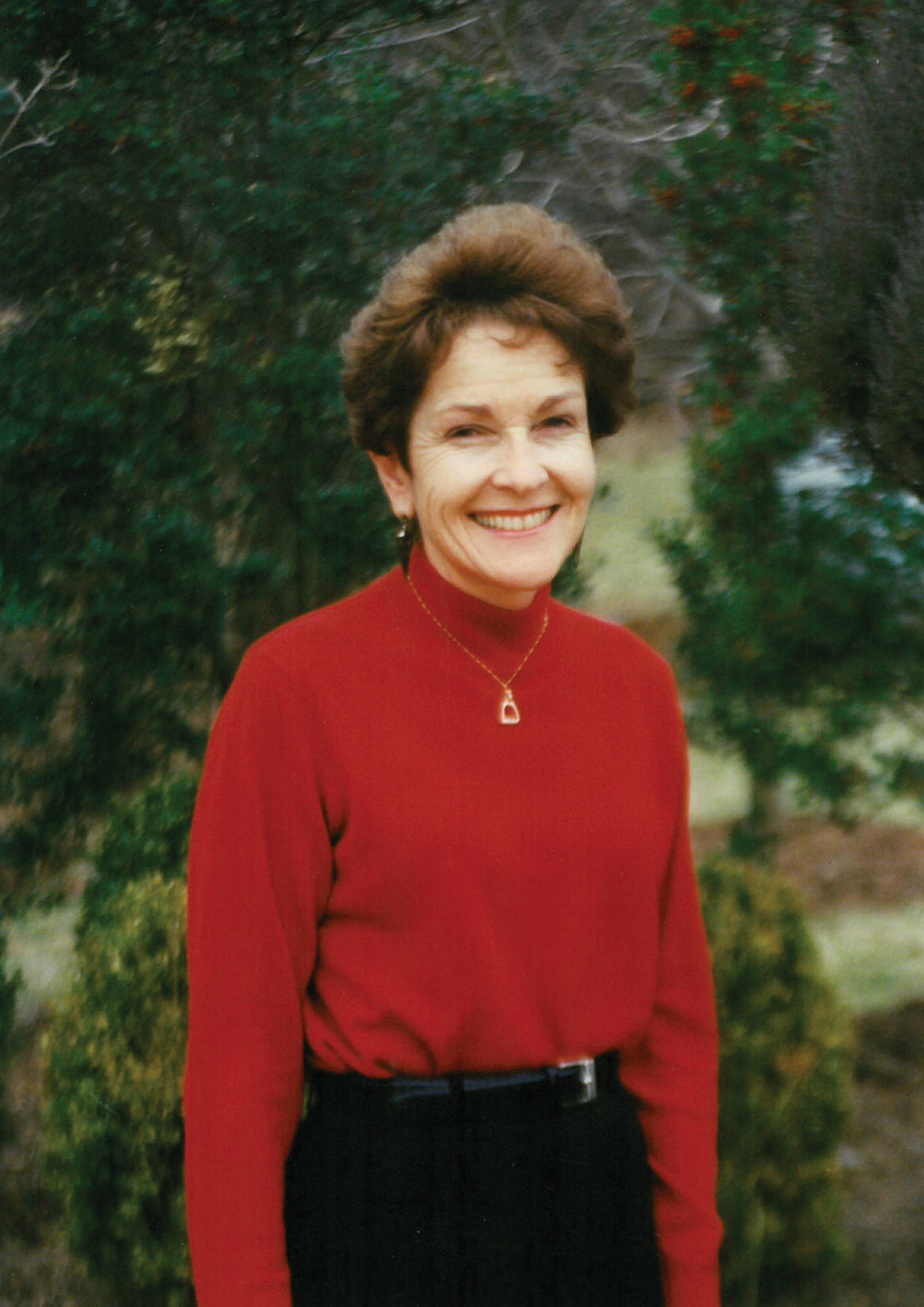
1999
Loris Henry becomes the first woman president of the USCTA.
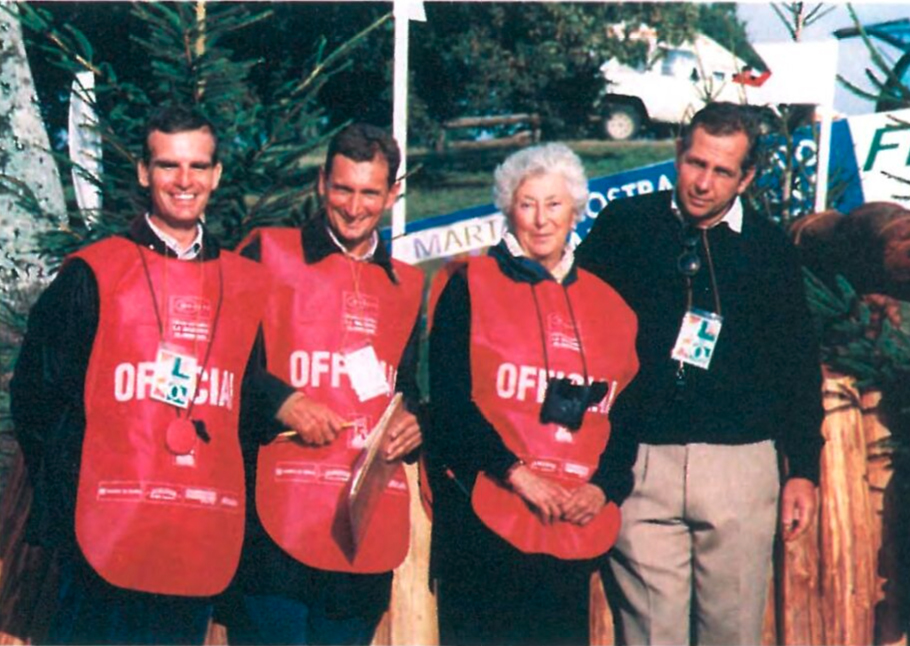
1999
In 1999, the USCTA launched a pilot of the Training Program for Eventing Officials, one of the first National Governing Body affiliates to undertake the education of its judges and technical delegates.
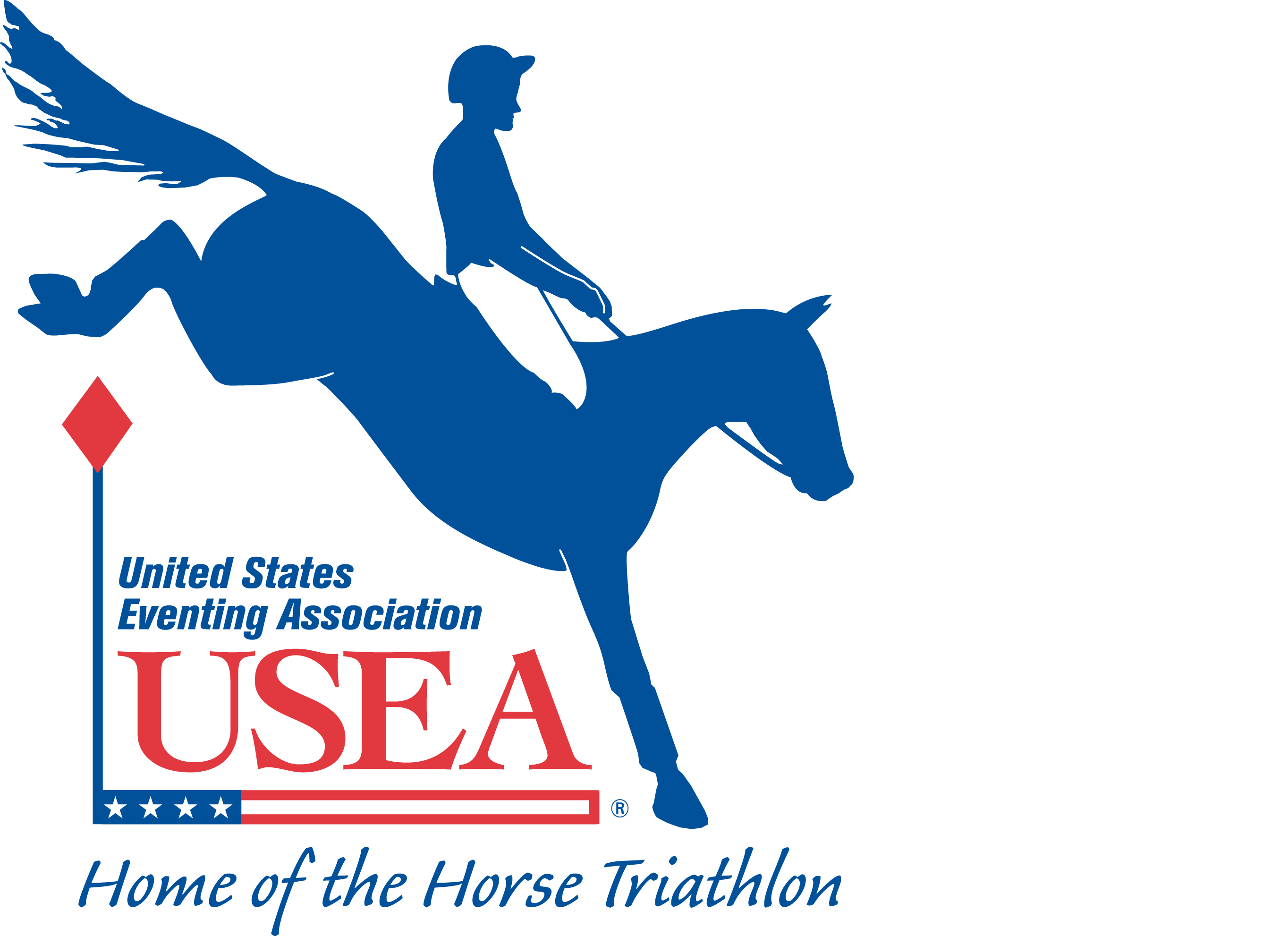
2001
The United States Combined Training Association officially becomes the United States Eventing Association after the FEI decreed that the international name of the sport would be eventing.
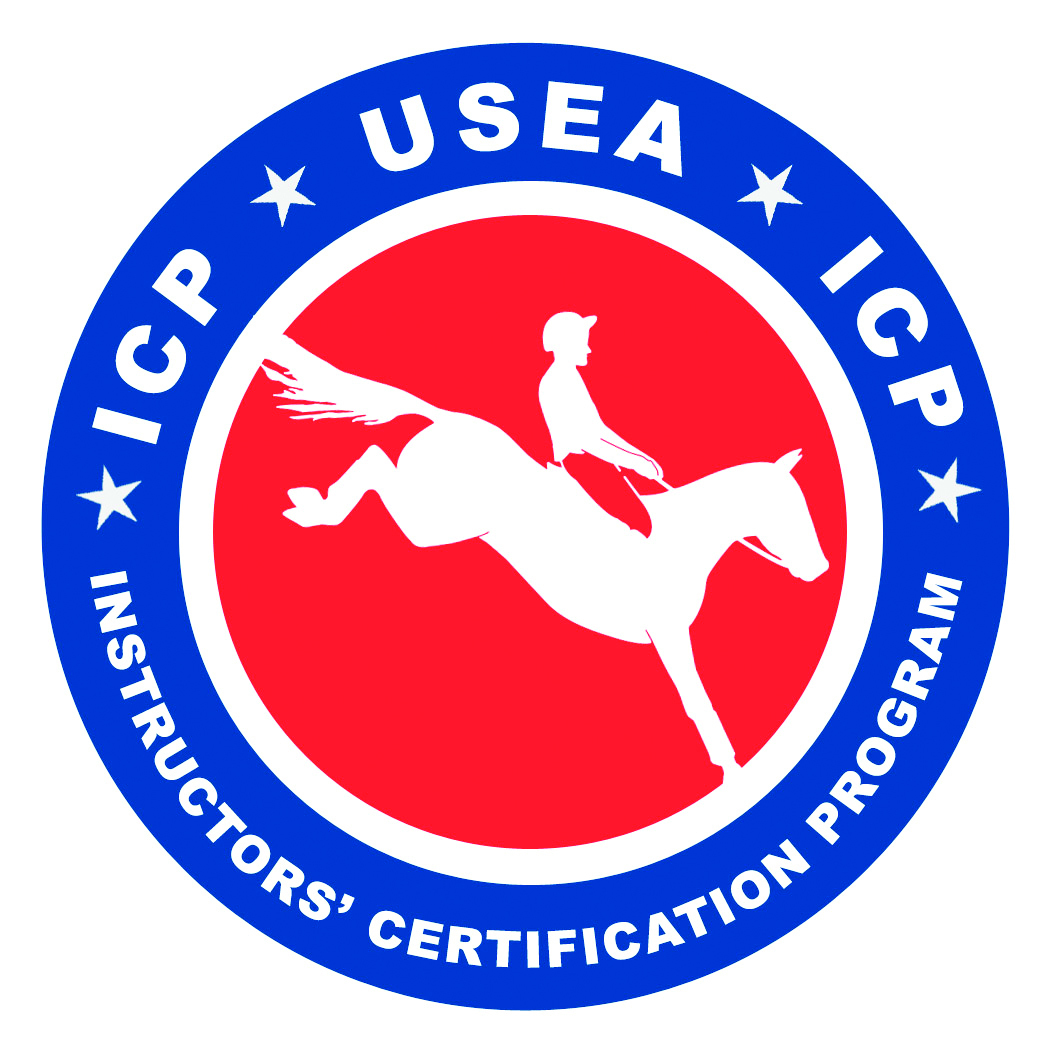
2002
The USEA officially launches its Instructors' Certification Program (ICP) to educate all levels of eventing instructors. Charles Lloyd, III also begins his term as President in 2002.
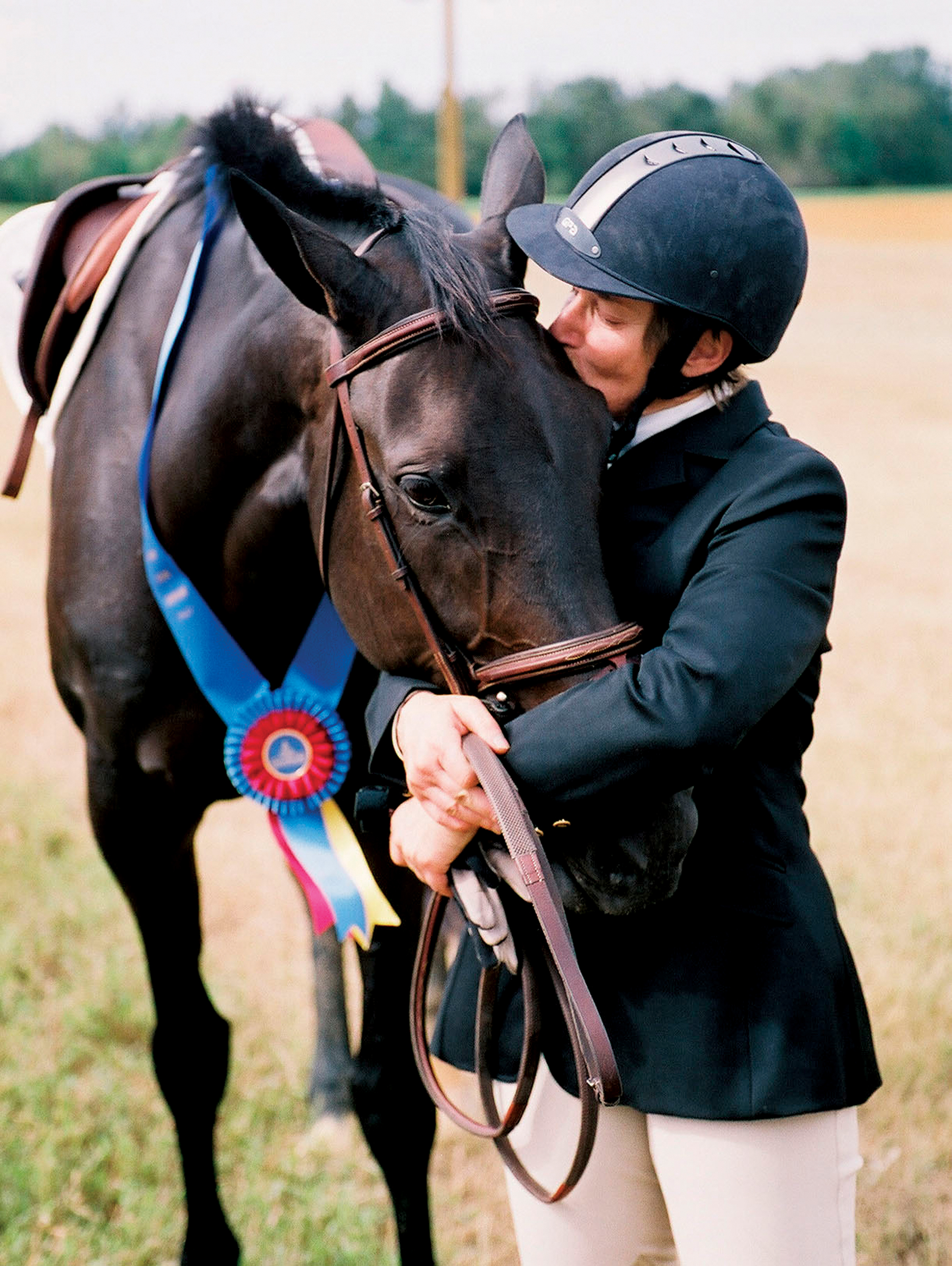
2004
The inaugural USEA American Eventing Championships (AEC) is held at the Carolina Horse Park, fulfilling the Association's vision for a true national championships.
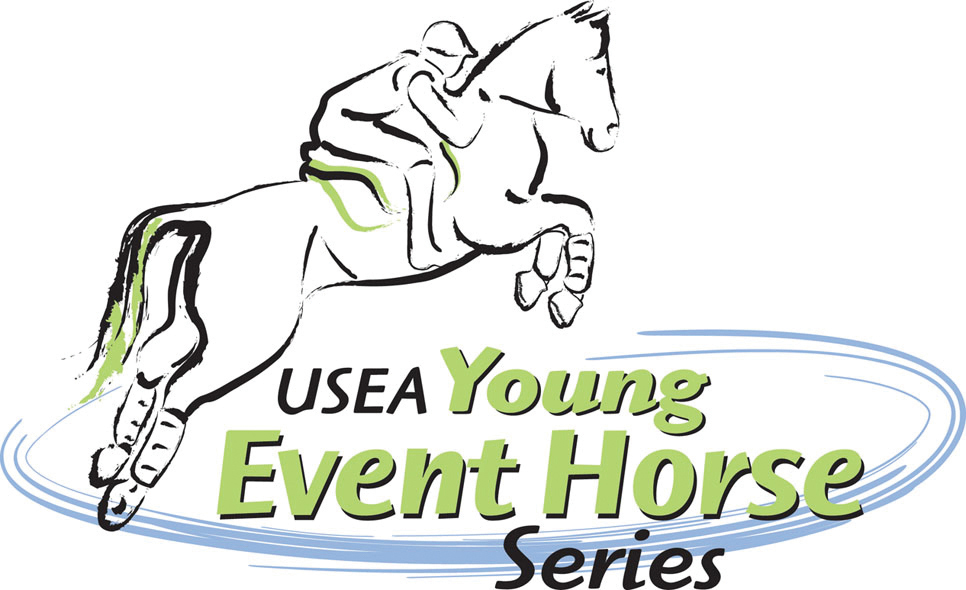
2005
After a successful pilot year in 2004, the USEA Young Event Horse (YEH) Series debuts in 2005 - a series that aims to identify young horses that possesses the talent and disposition to excel in the uppermost levels of eventing.
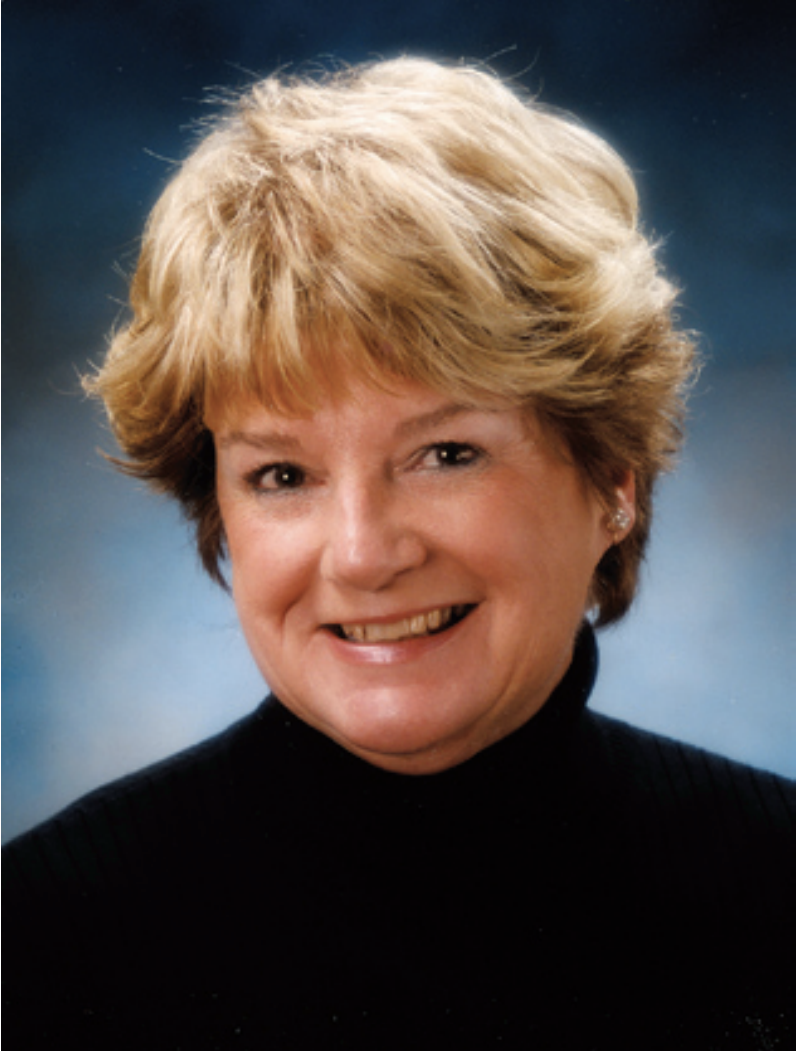
2005
Kyra King Stuart becomes President of the USEA in 2005. That same year the Classic Three-Day Event Task Force is launched to help preserve the classic long format event.
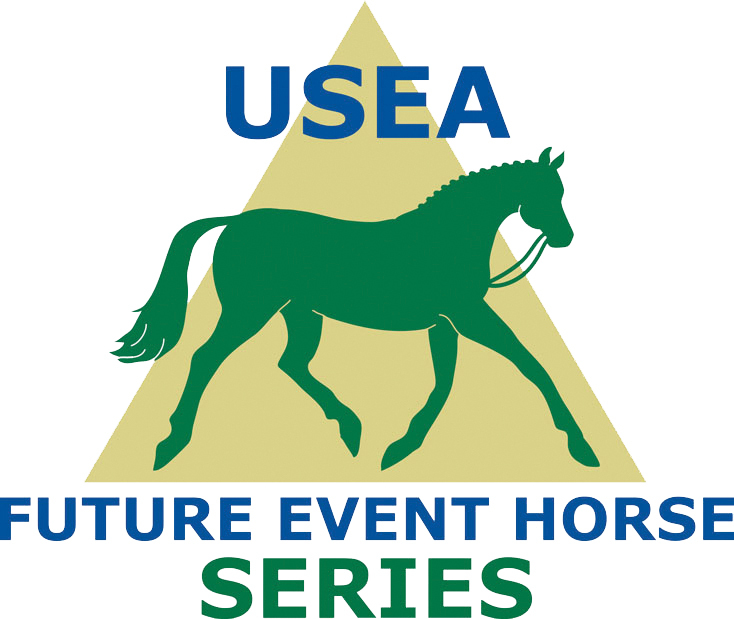
2007
The USEA Future Event Horse Series (FEH) makes its debut - the program is for yearlings, 2-year-olds, 3-year-olds, and 4-year-olds.
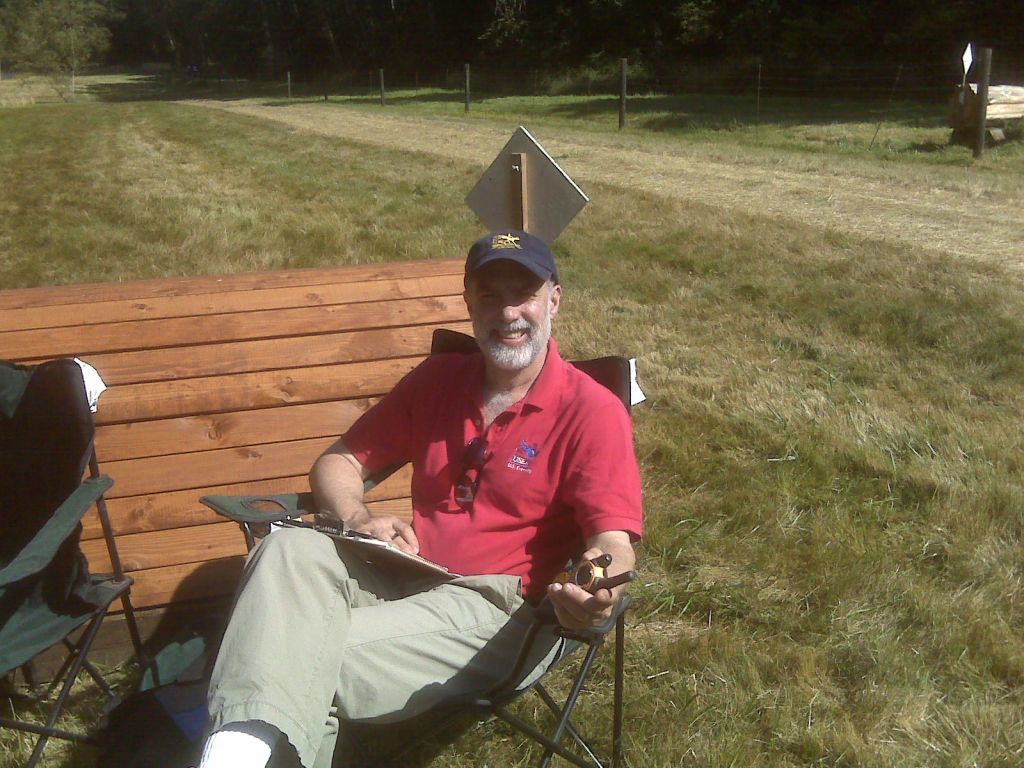
2008
Kevin Baumgardner serves as USEA President from 2008-2010 including celebrating the USEA's 50th anniversary in 2009.
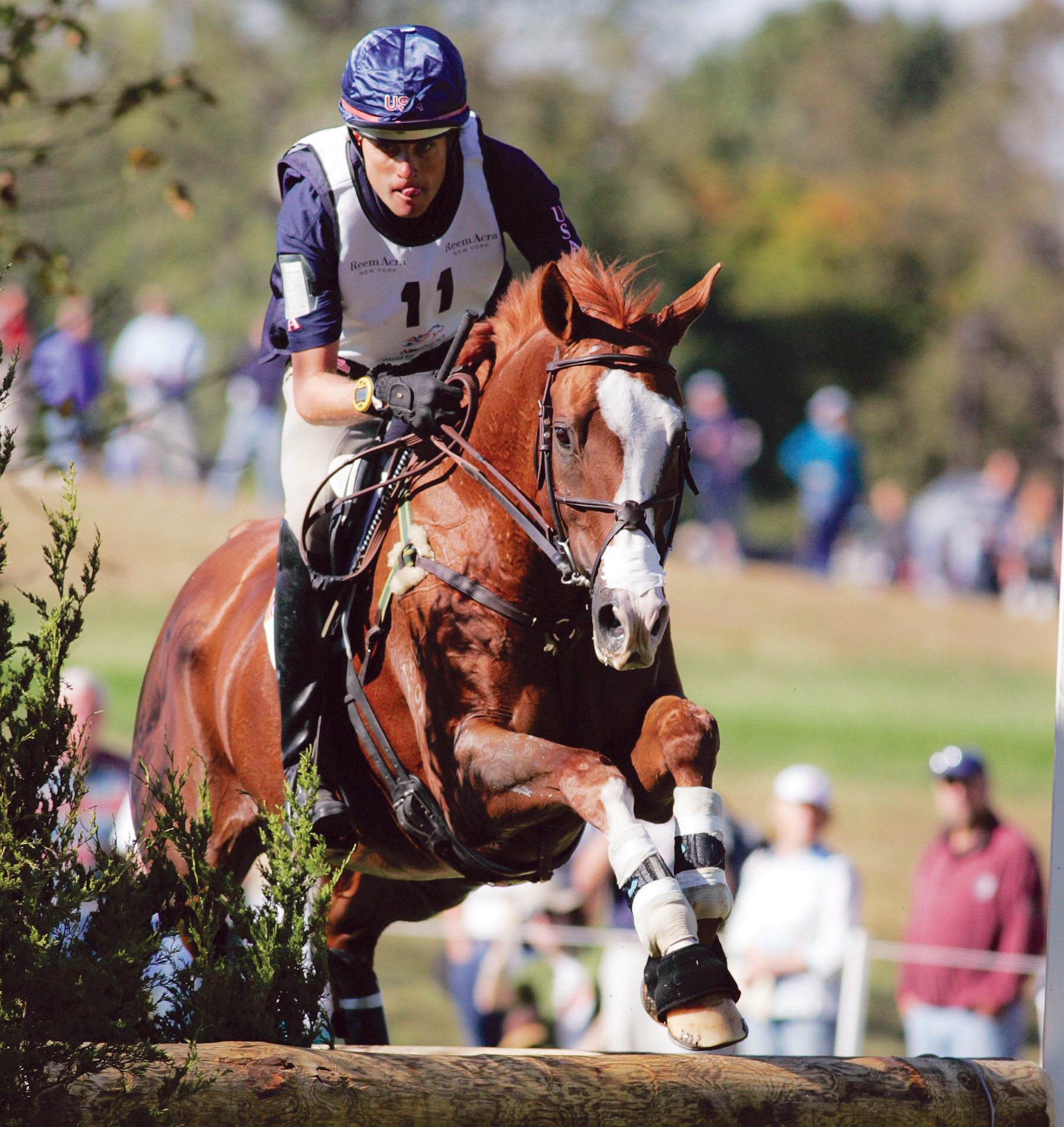
2010
The U.S. hosted its first World Equestrian Games at the same site of the first World Championships the country hosted – the Kentucky Horse Park.
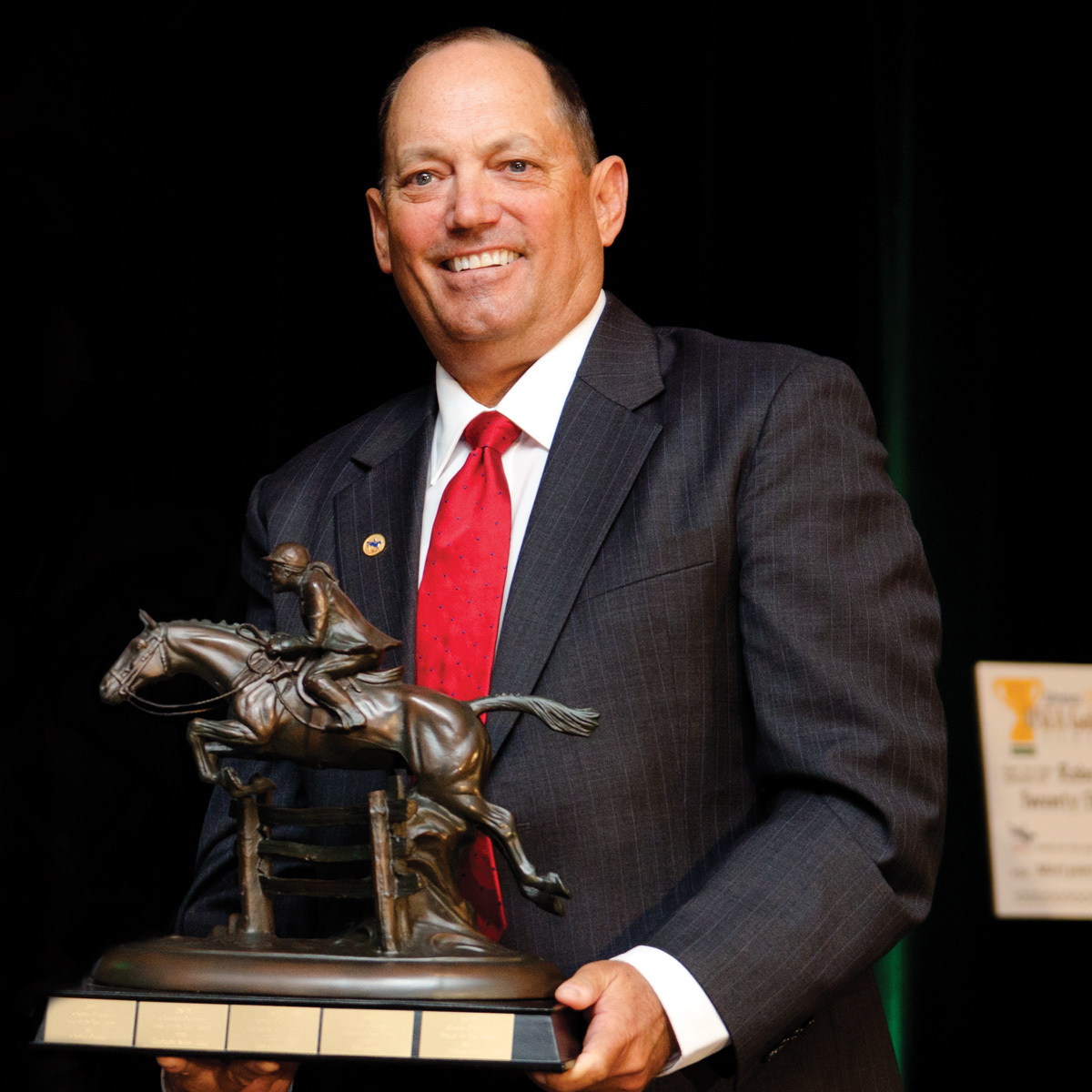
2011
In 2011 the USEA put forward the Mandatory Helmet Rule requiring riders to wear helmets with chin straps fastened when mounted anywhere on competition grounds. That same year Brian Sabo took over as USEA President.
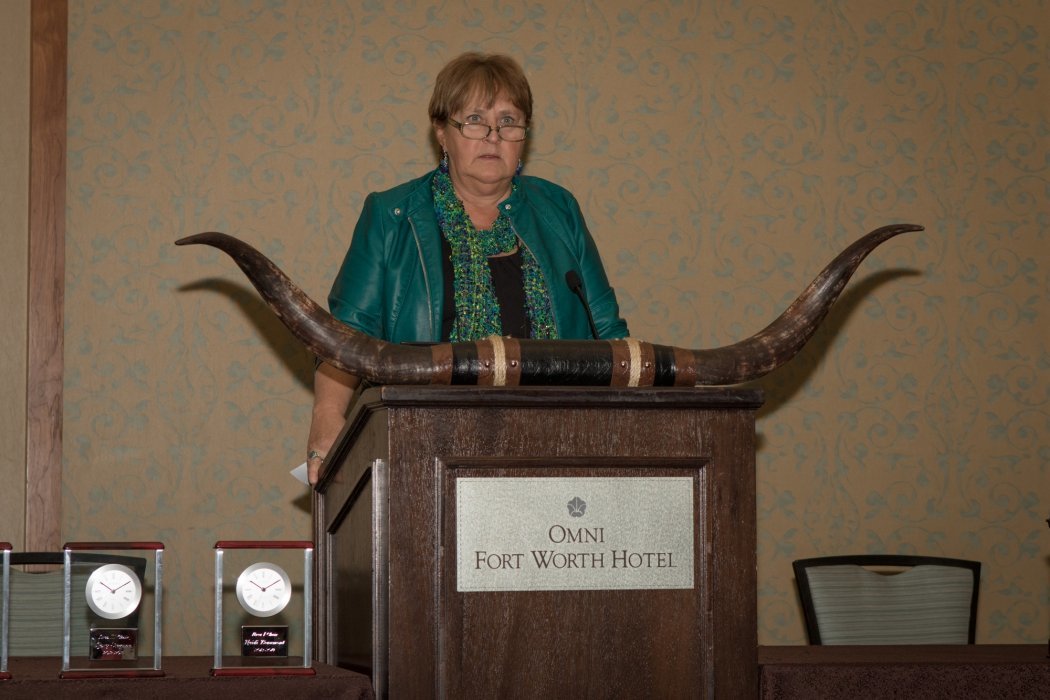
2014
Diane Pitts begins her term as USEA President and 2014 also marks the beginning of the USEA Intercollegiate Program.
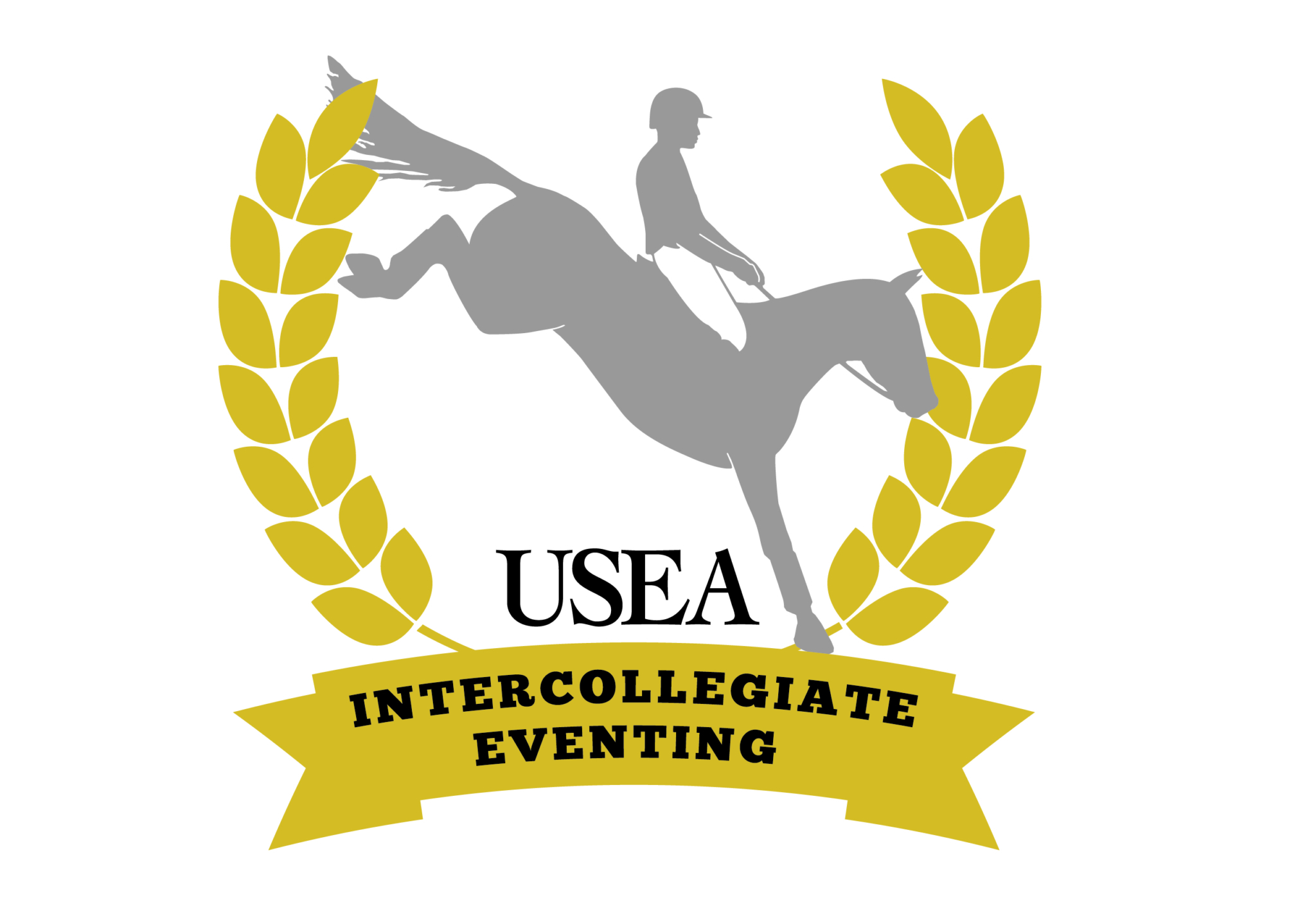
2016
The first USEA Intercollegiate Eventing Championships are held at the Virginia Horse Center.

2017
Carol Kozlowski starts her USEA Presidency - the same year that Erik Duvander is named Chef d'Equipe of the U.S. Team.
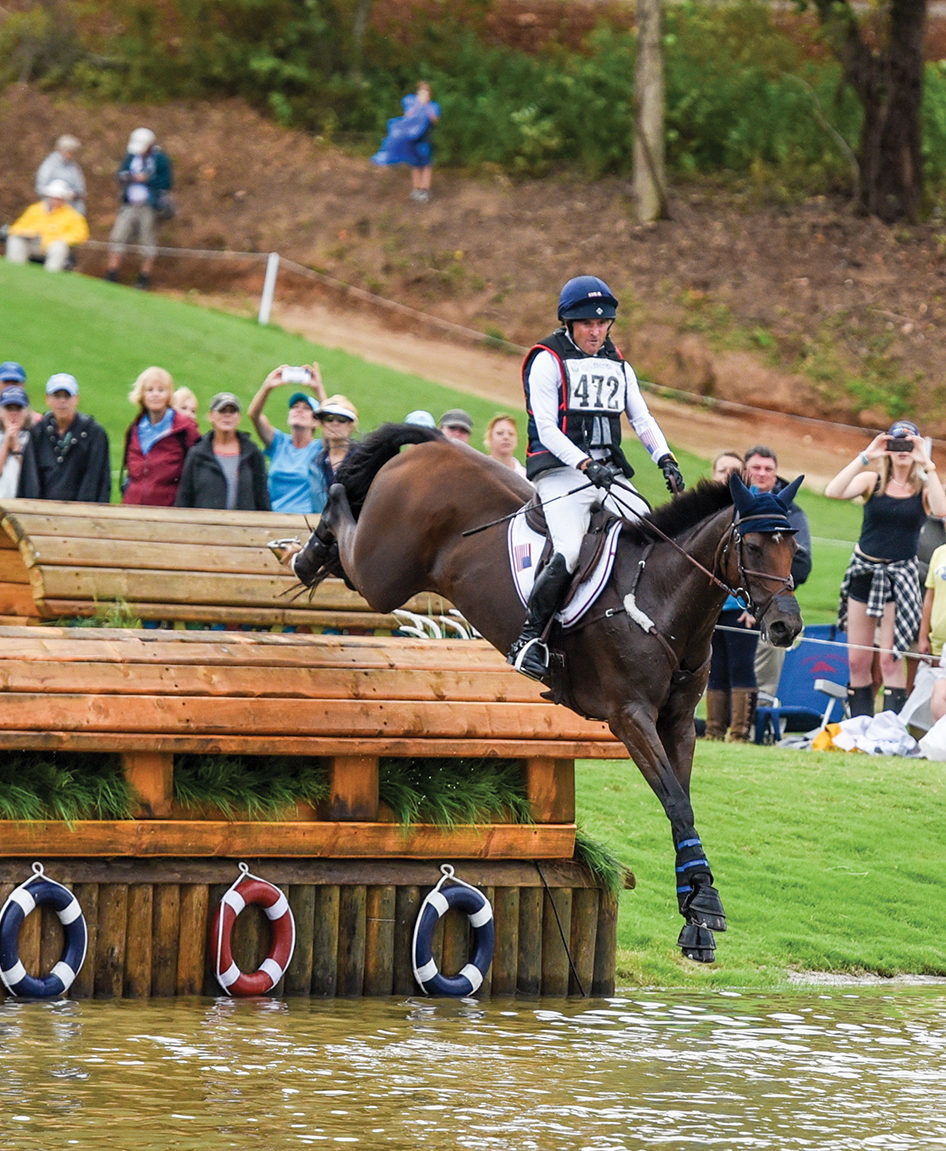
2018
The U.S. hosts its second World Equestrian Games at the Tryon International Equestrian Center in Tryon, North Carolina.
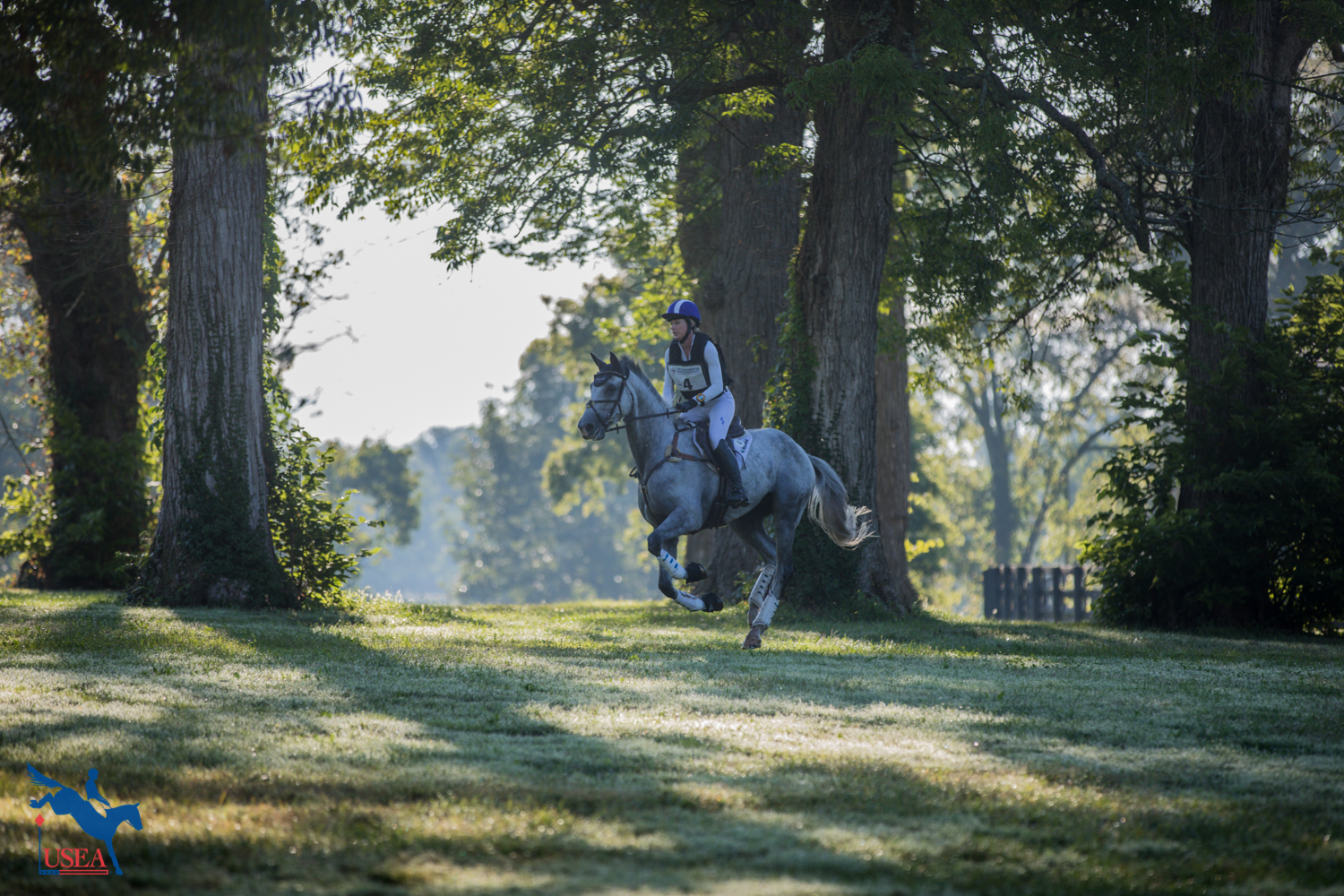
2019
USEA hosts the AEC at the Kentucky Horse Park and becomes the largest eventing competition by starters in North American history (925).



